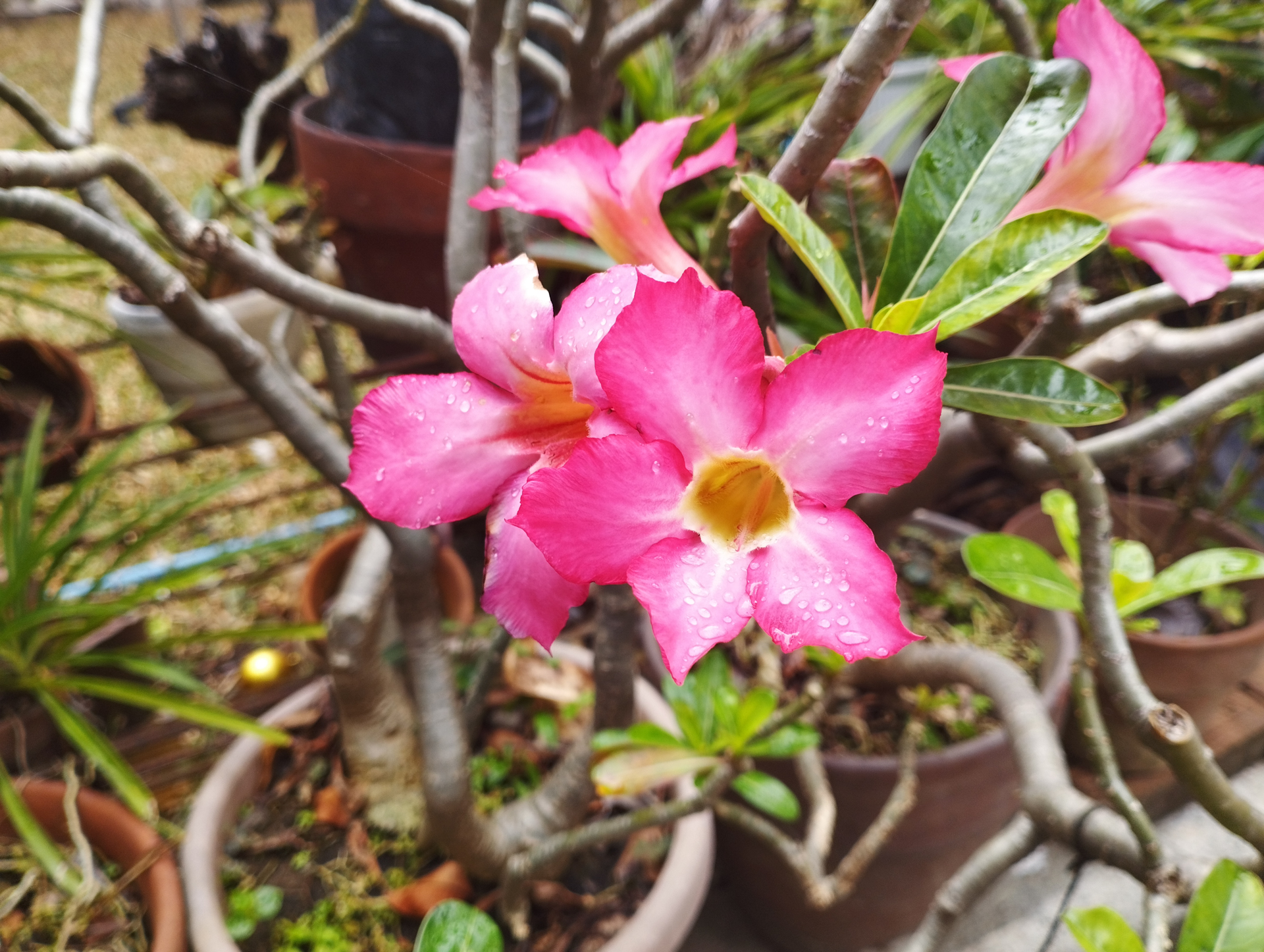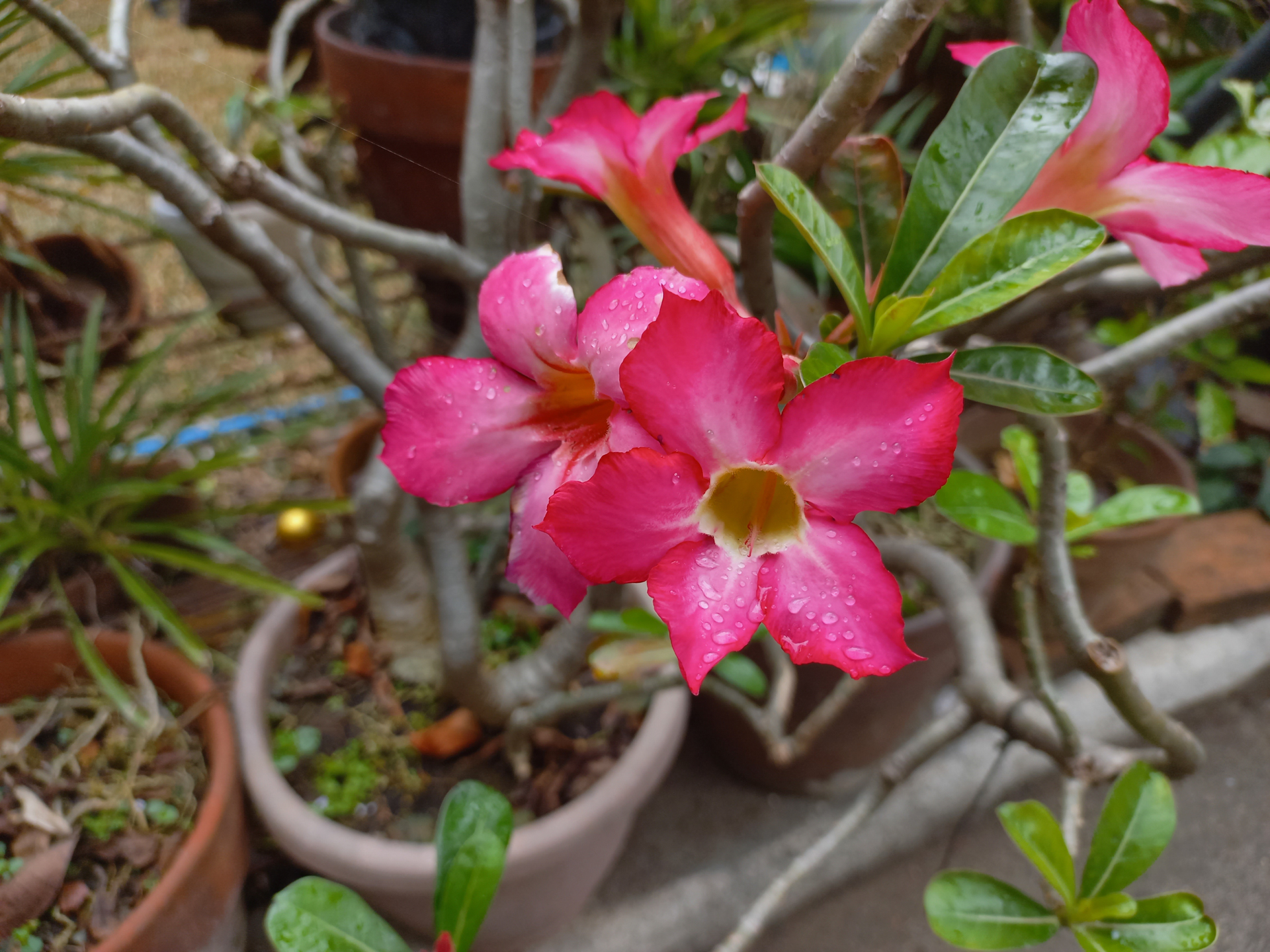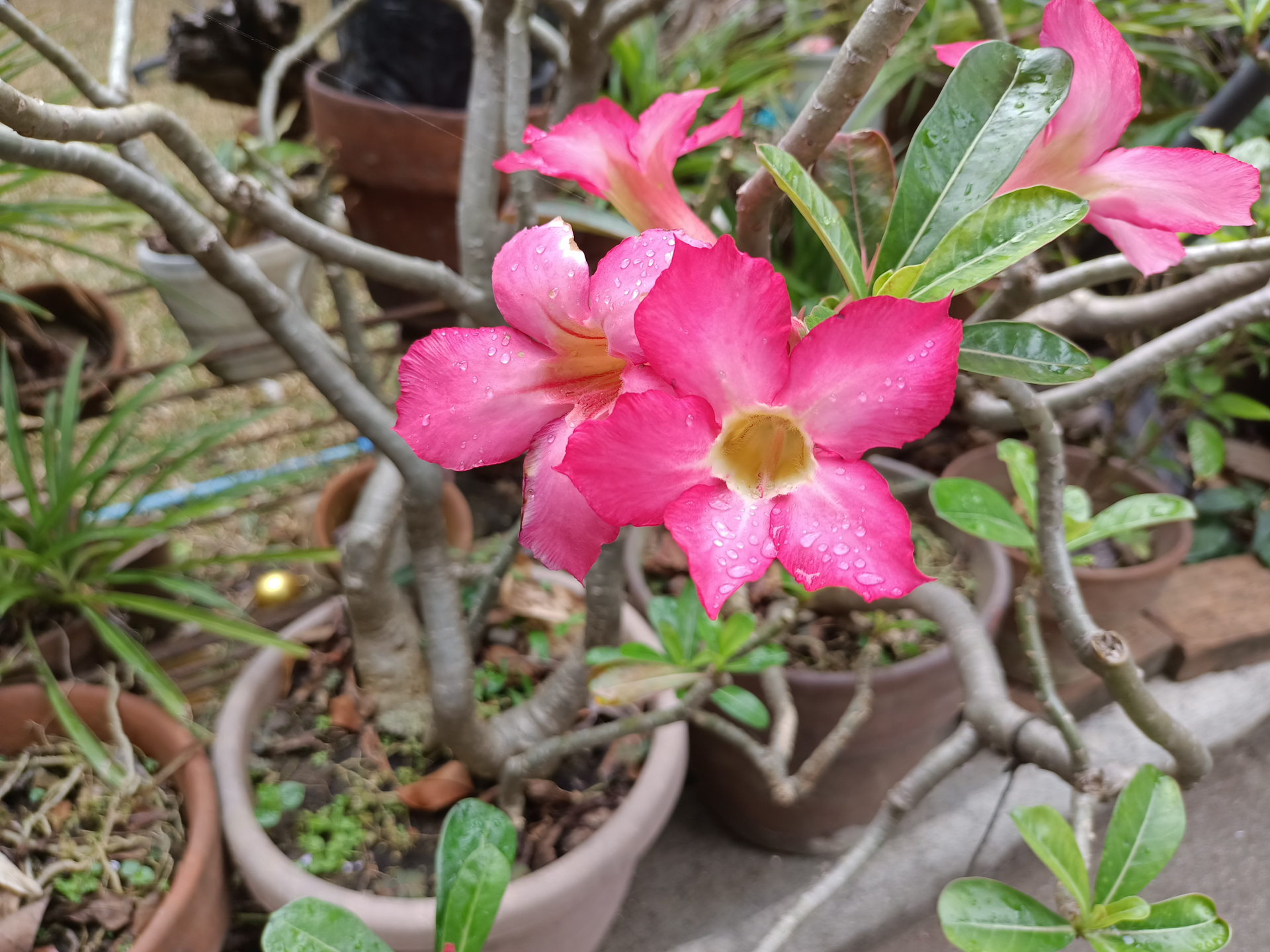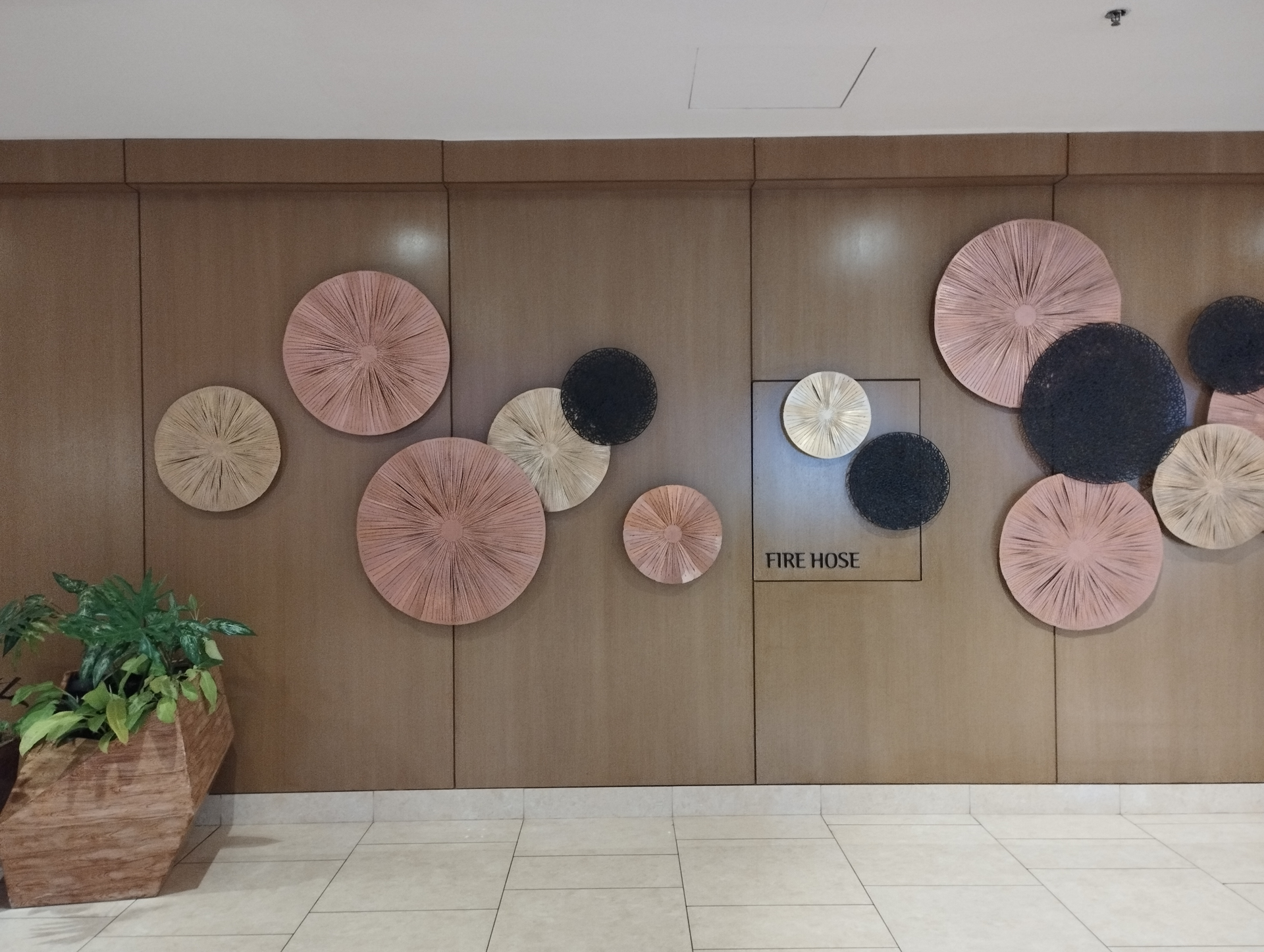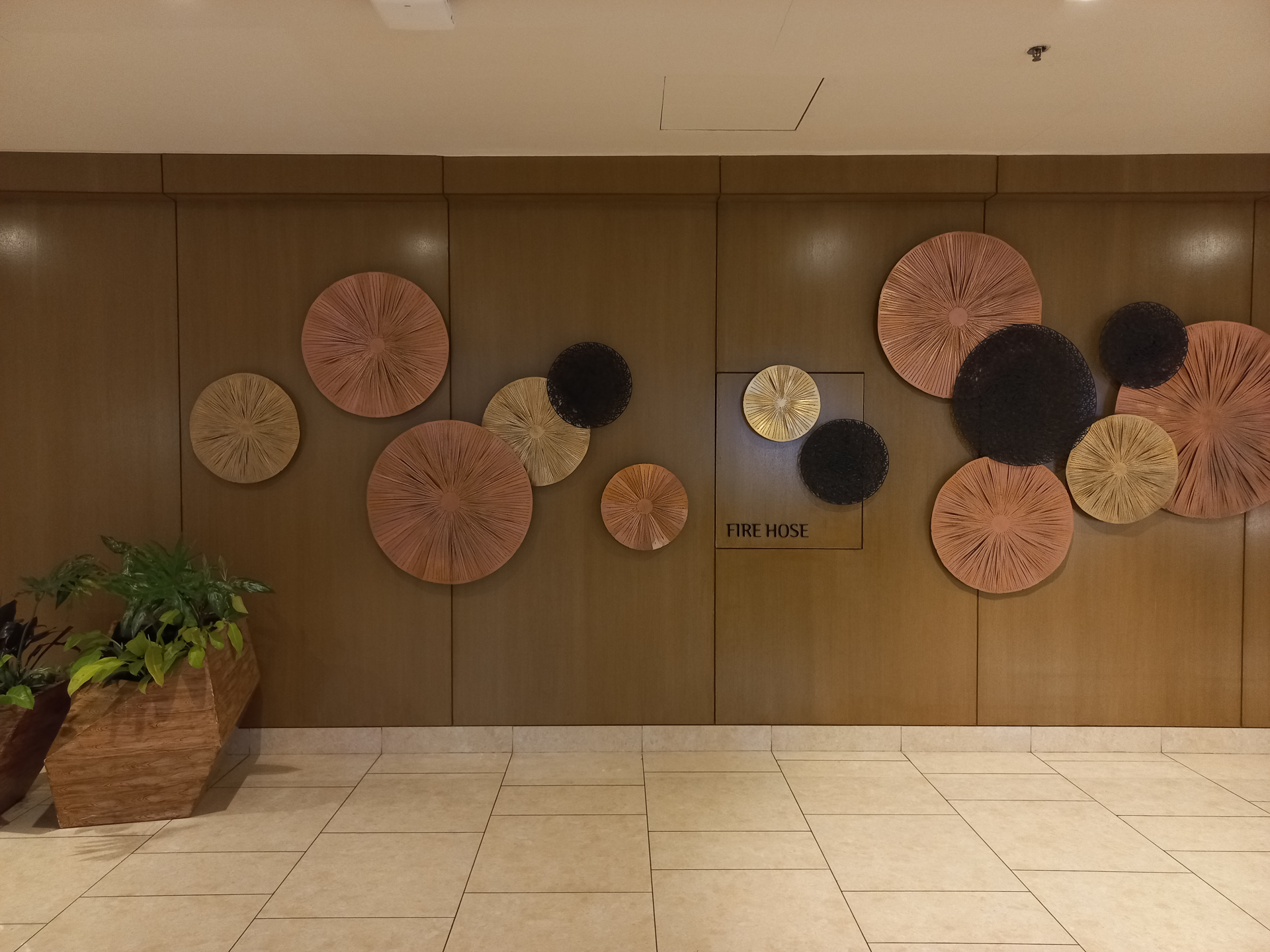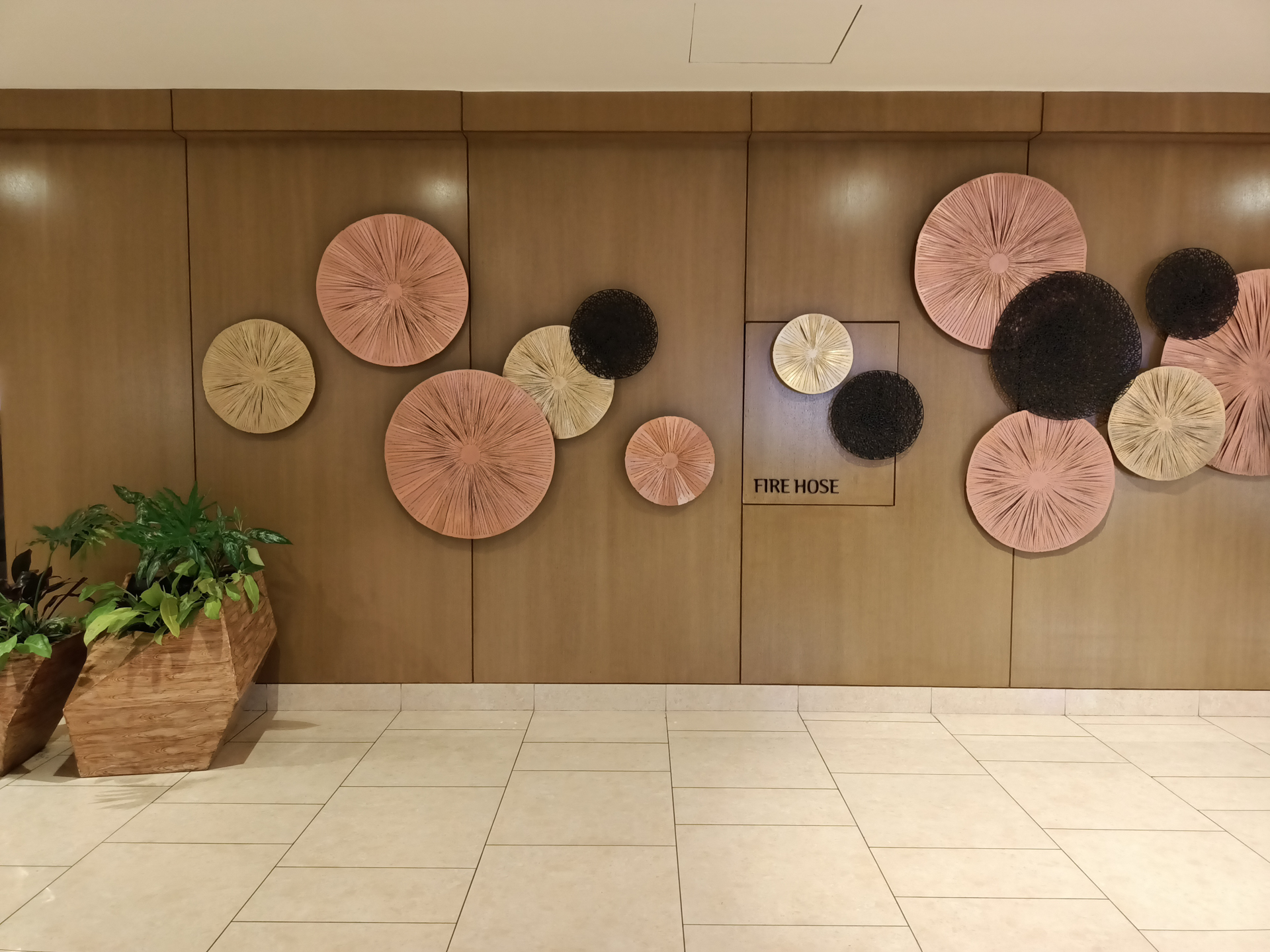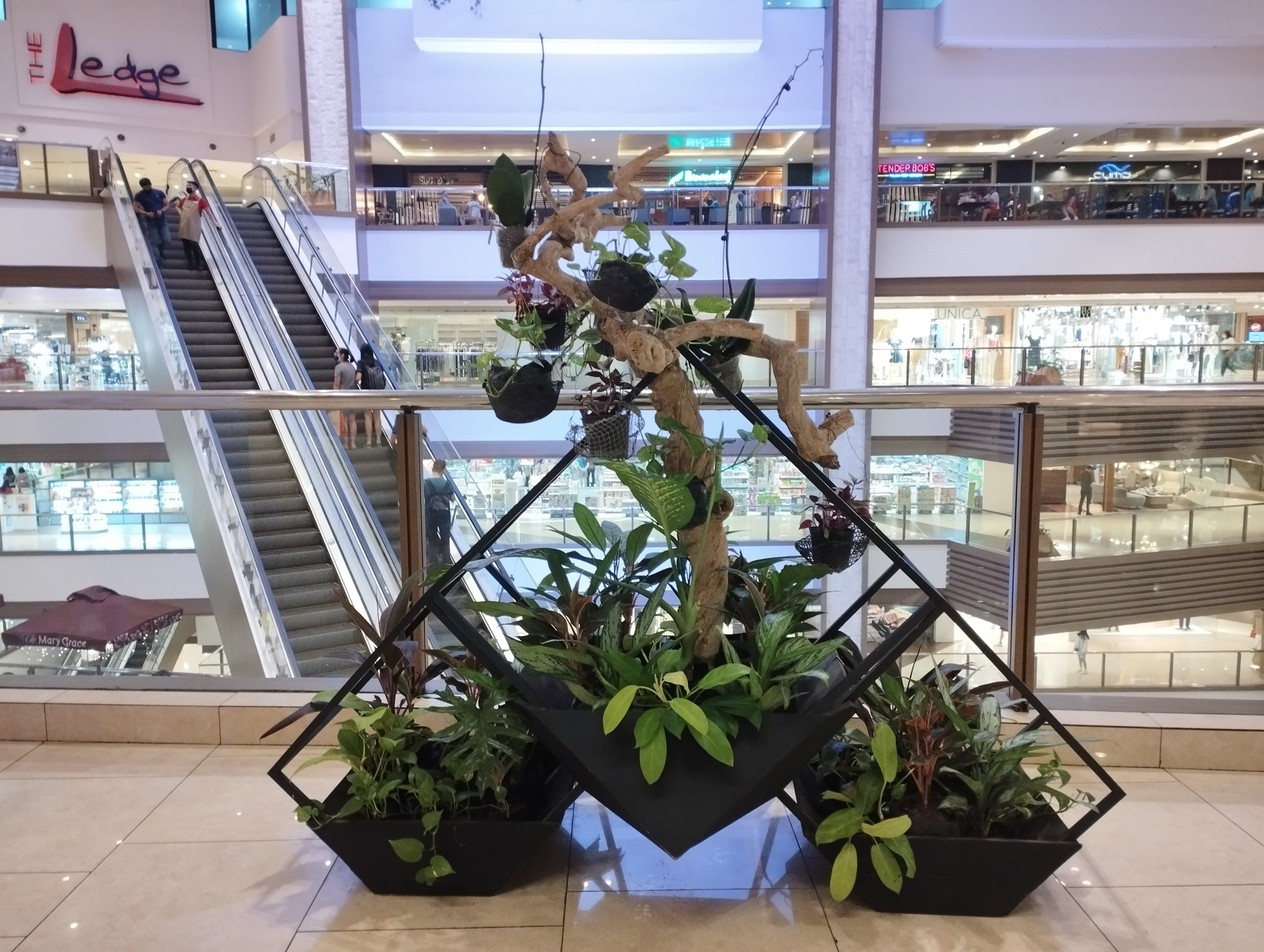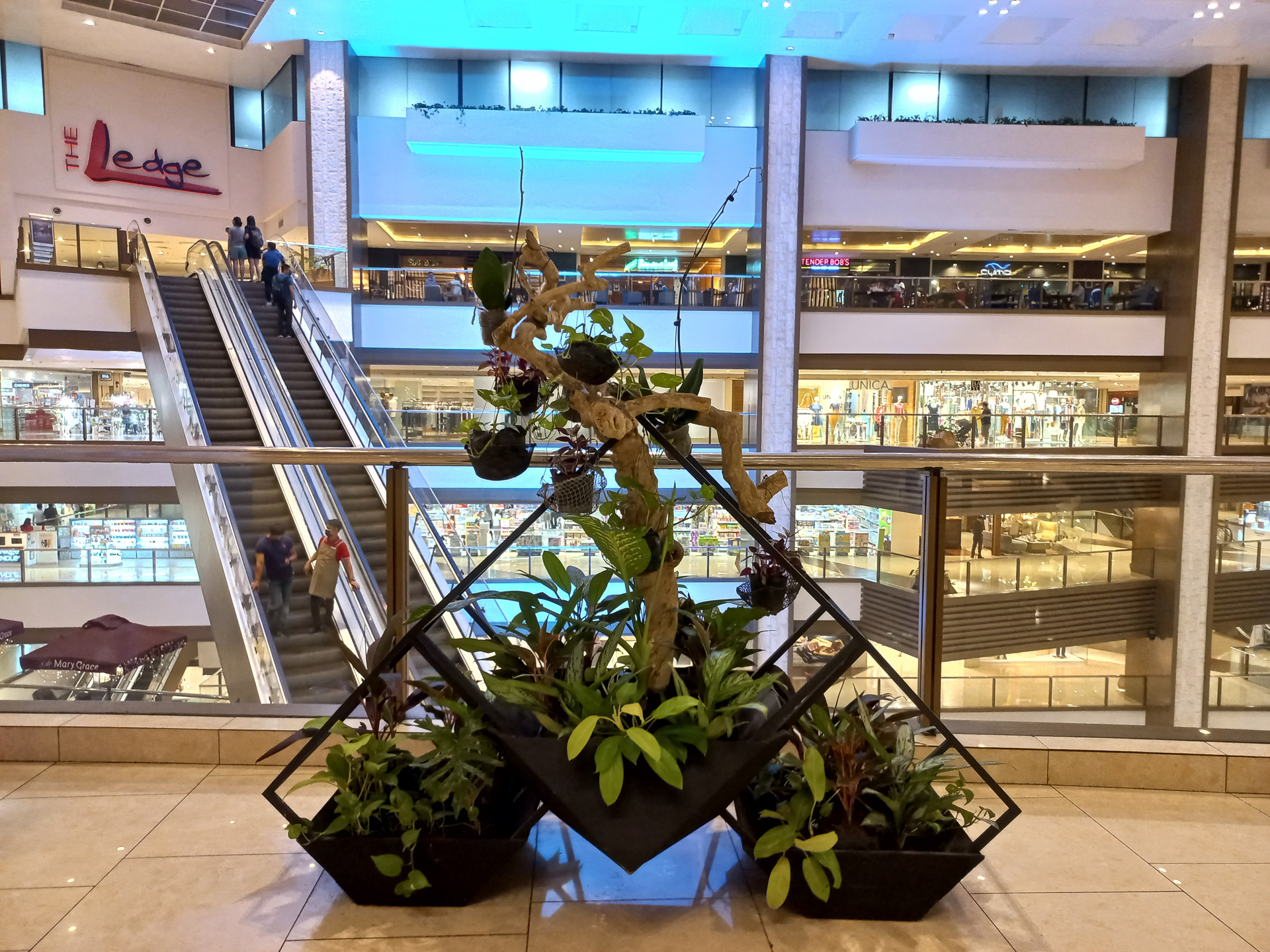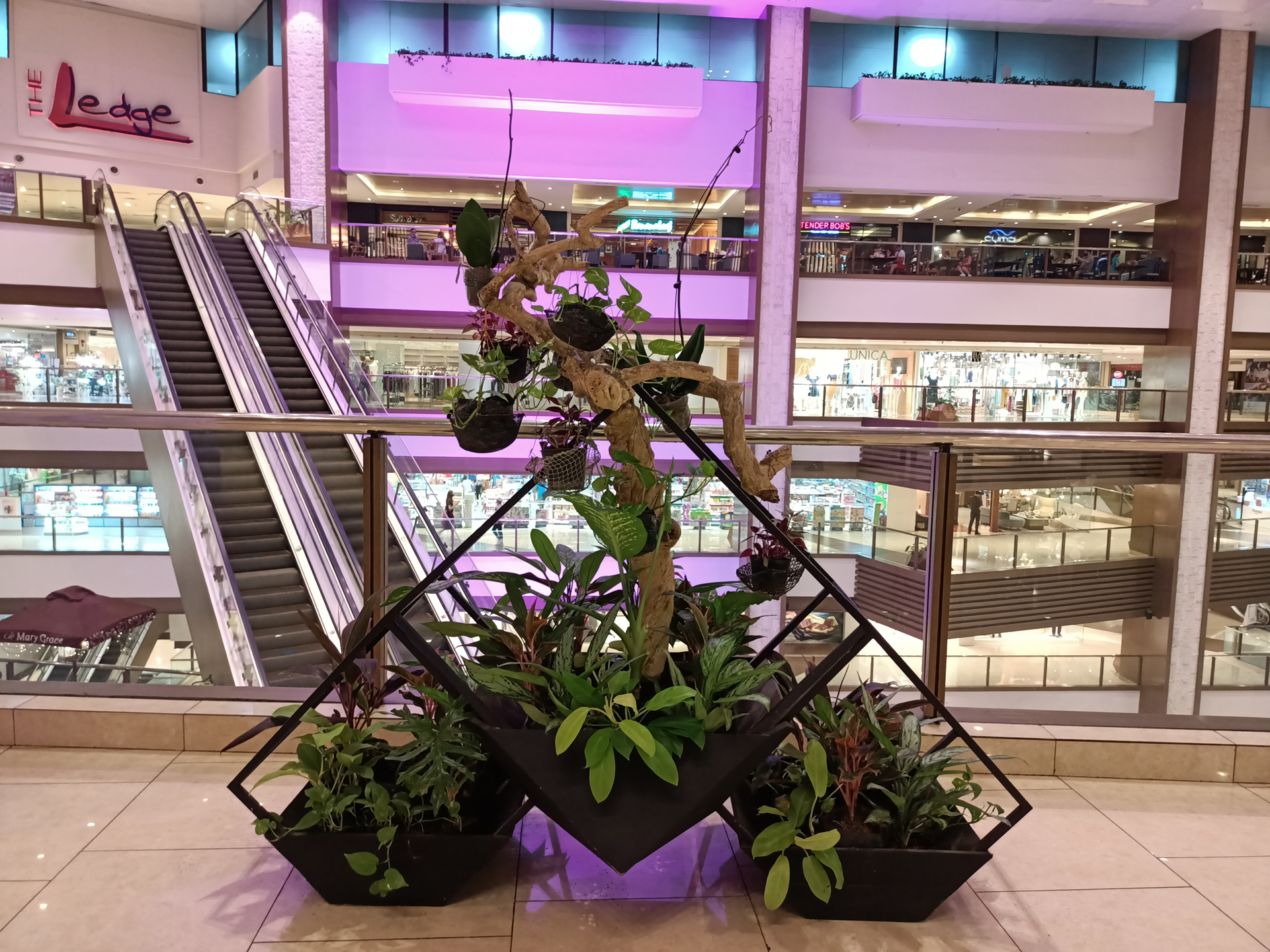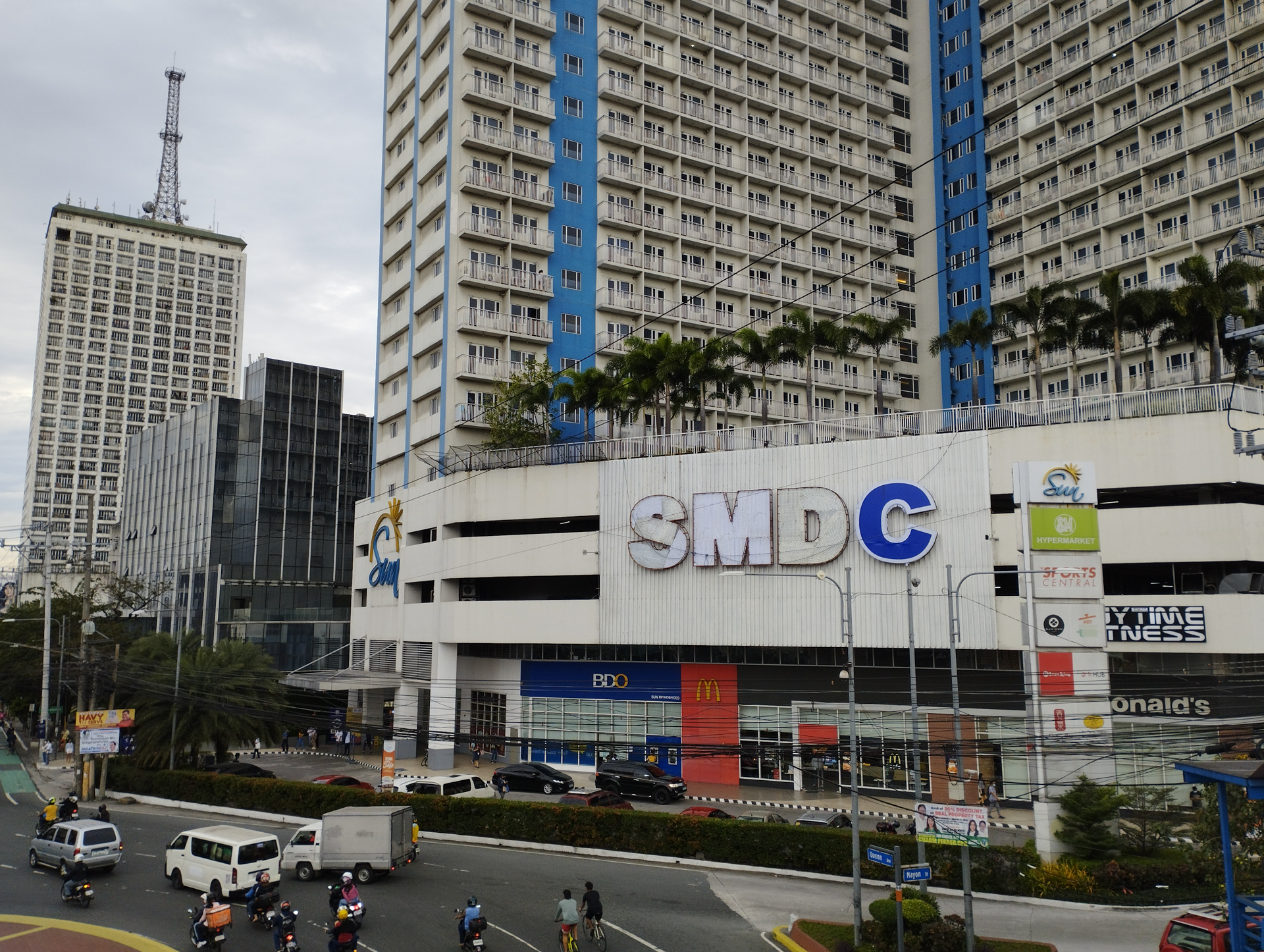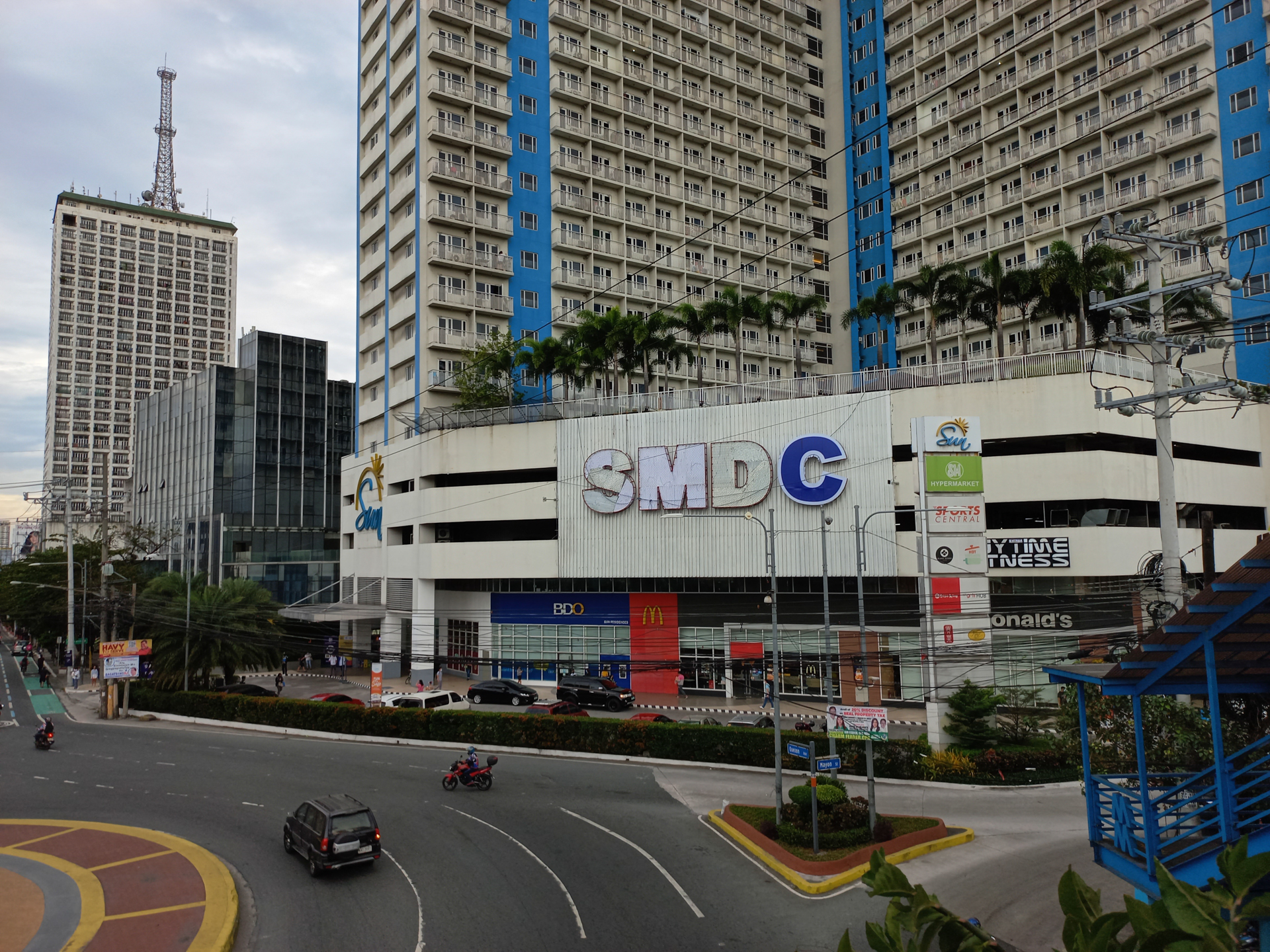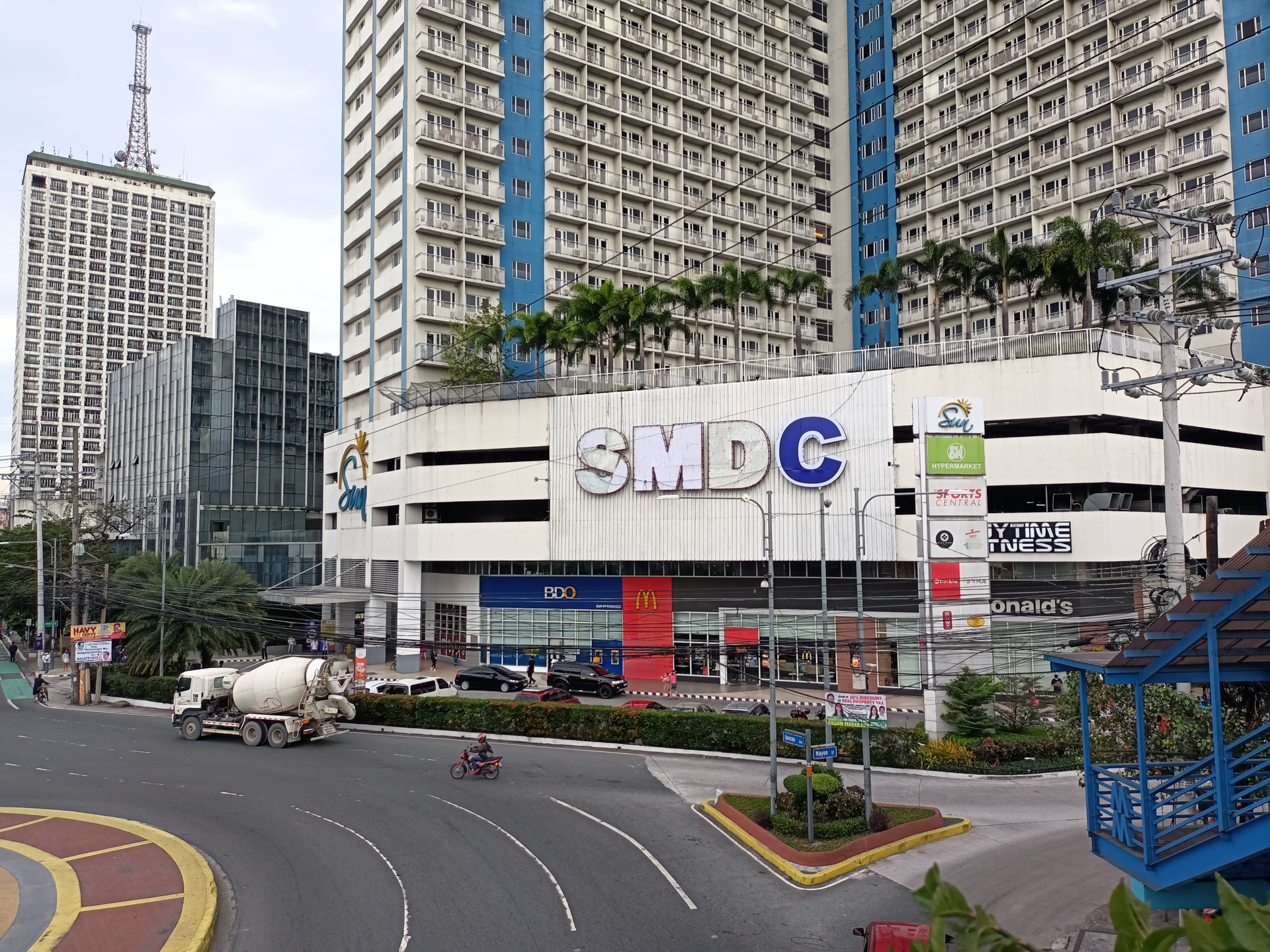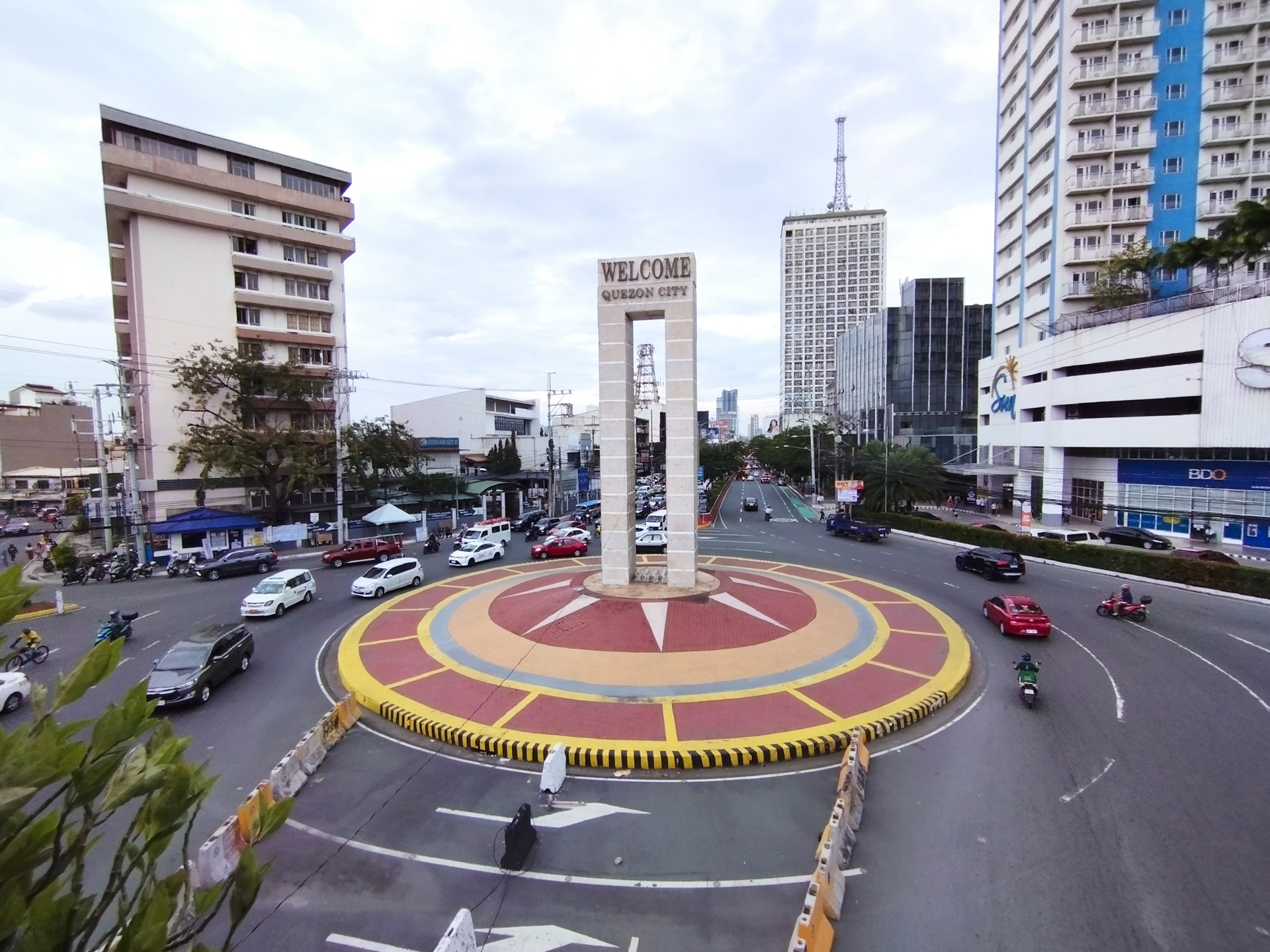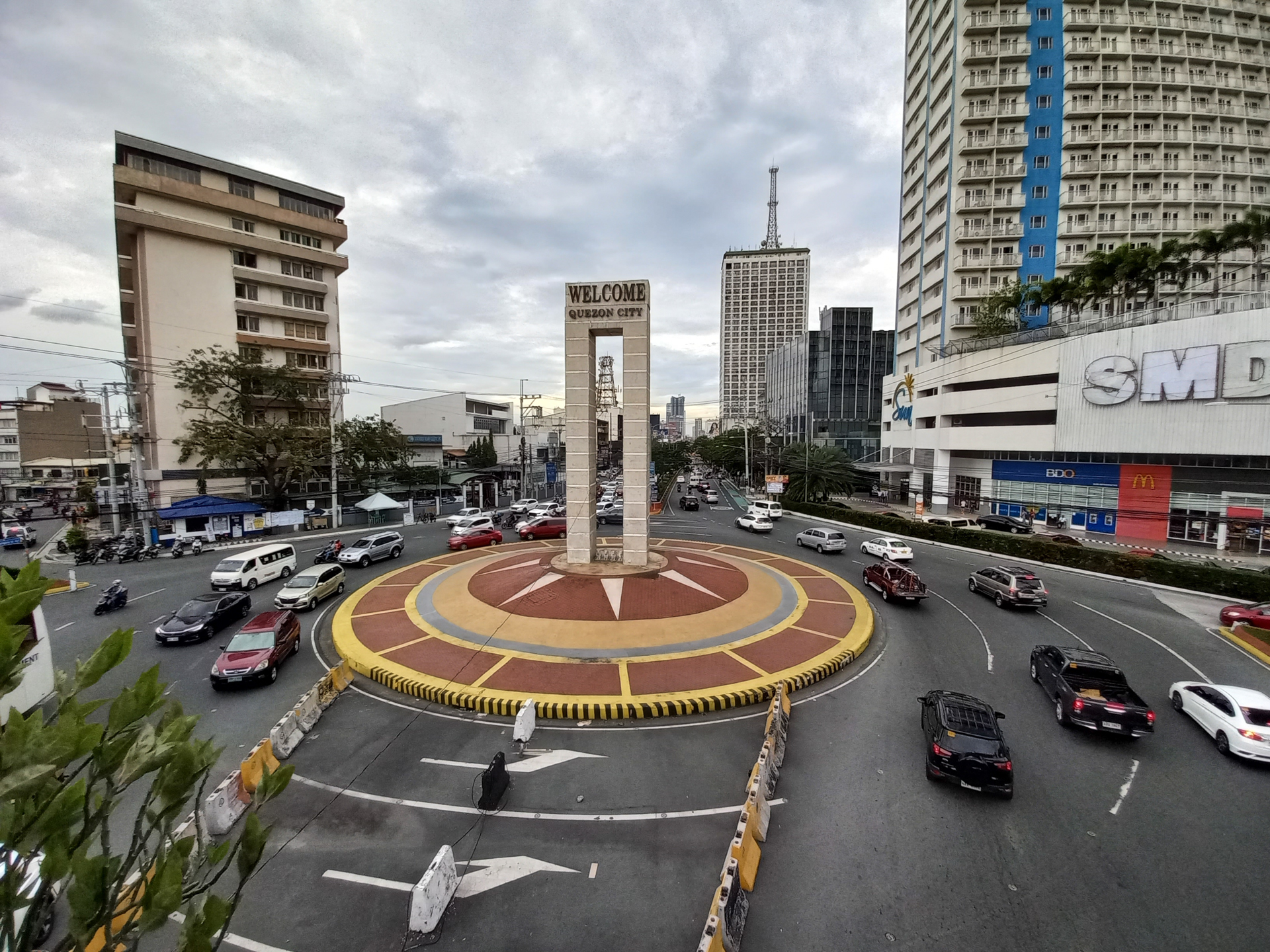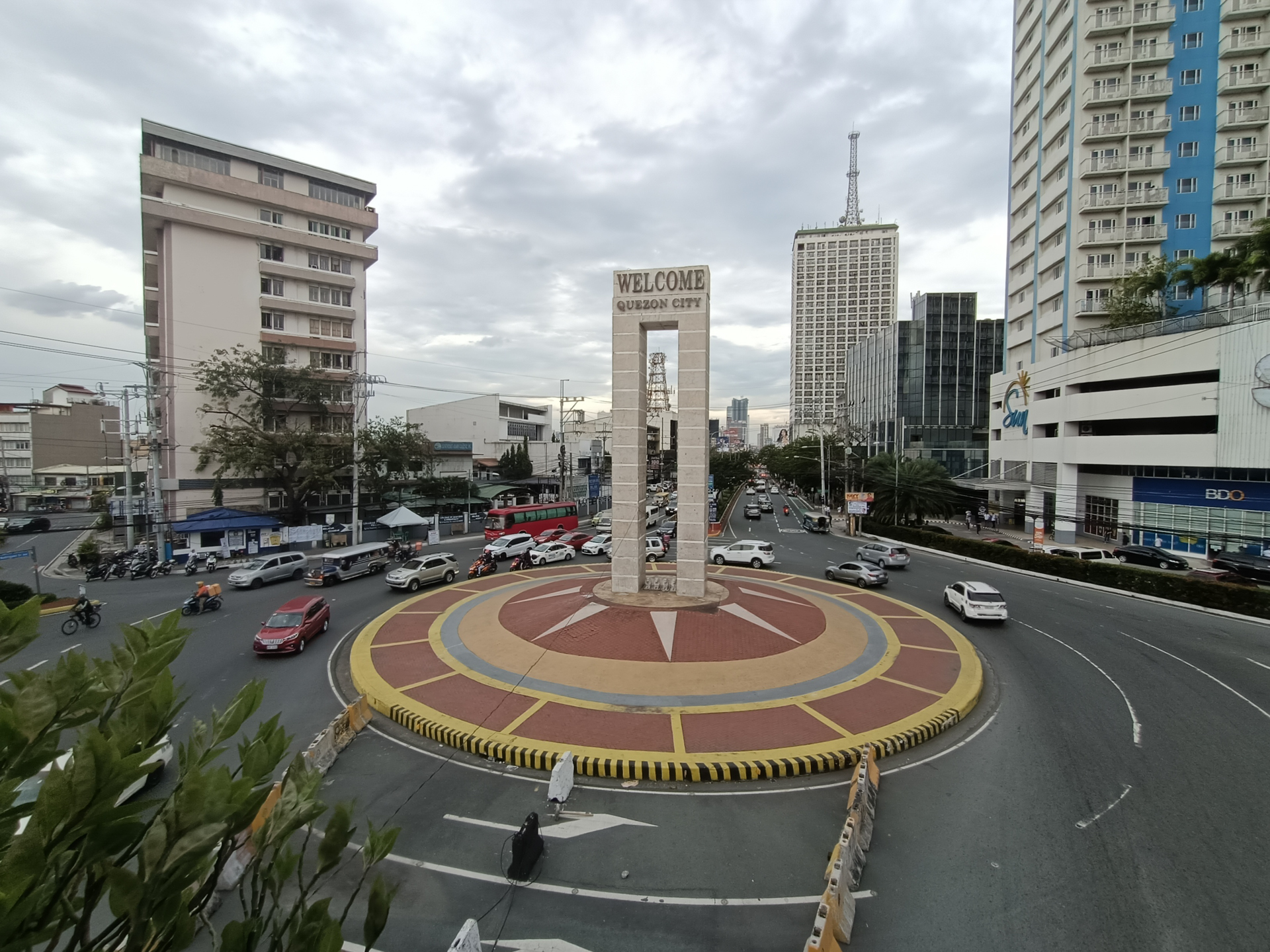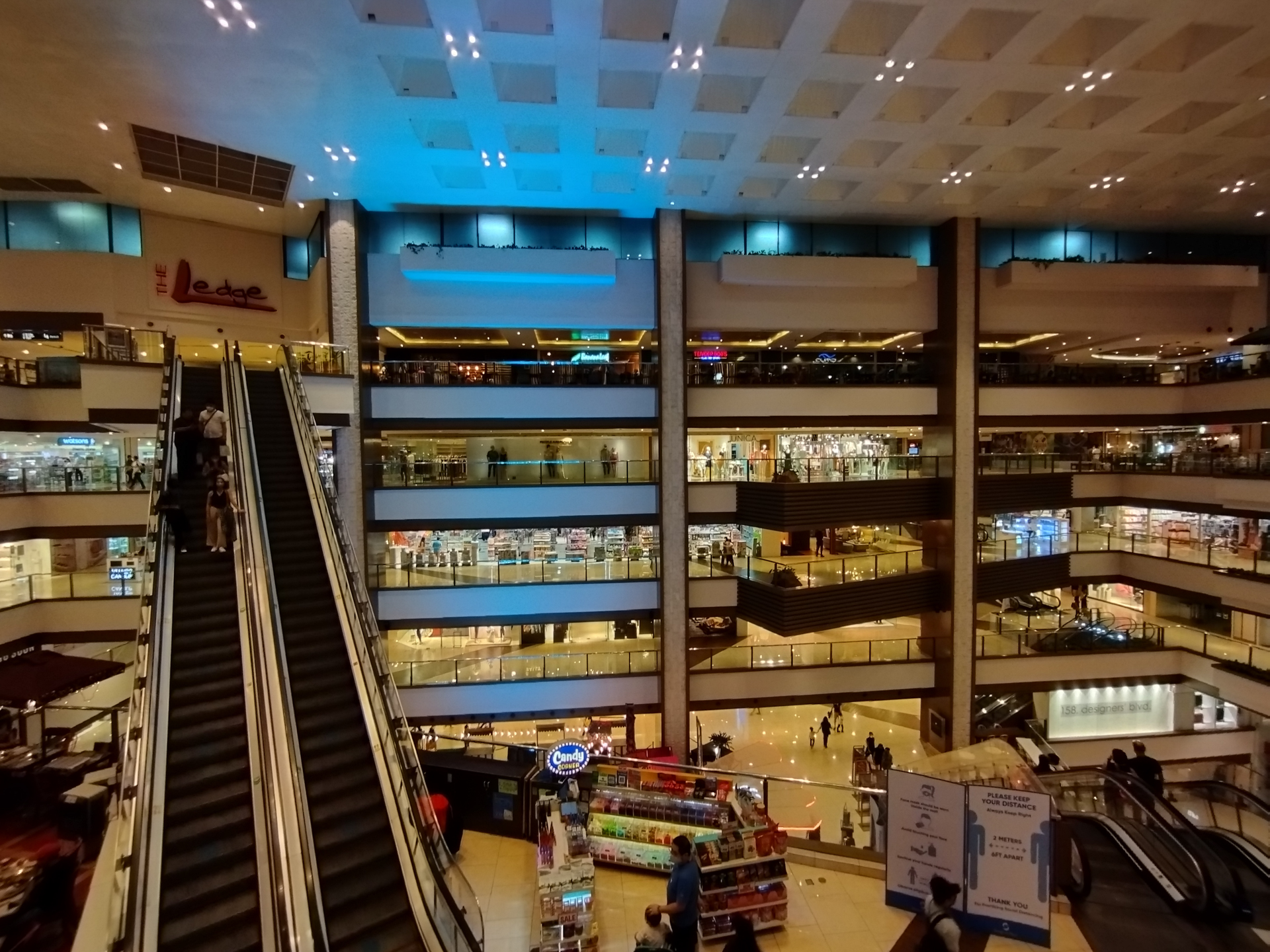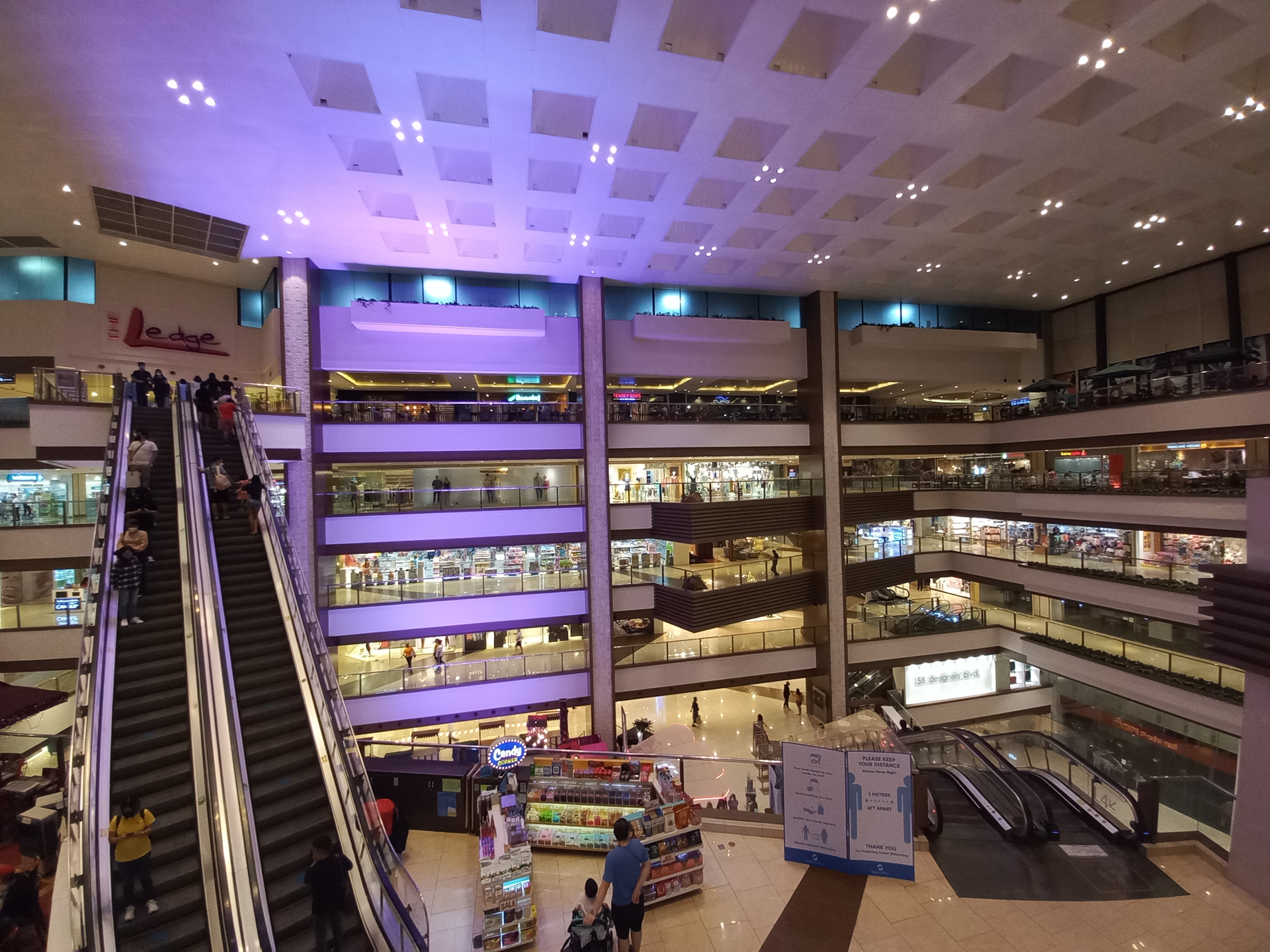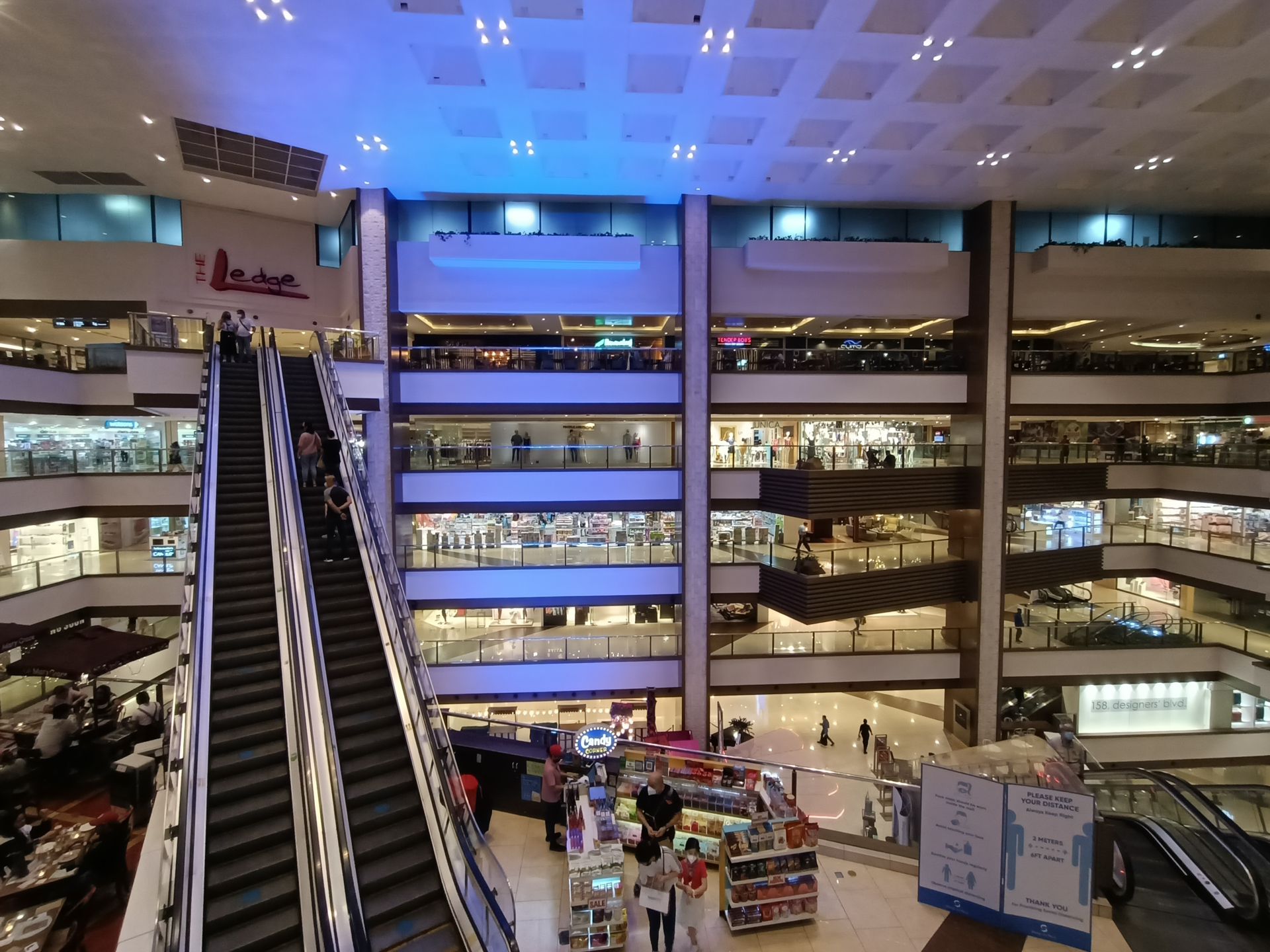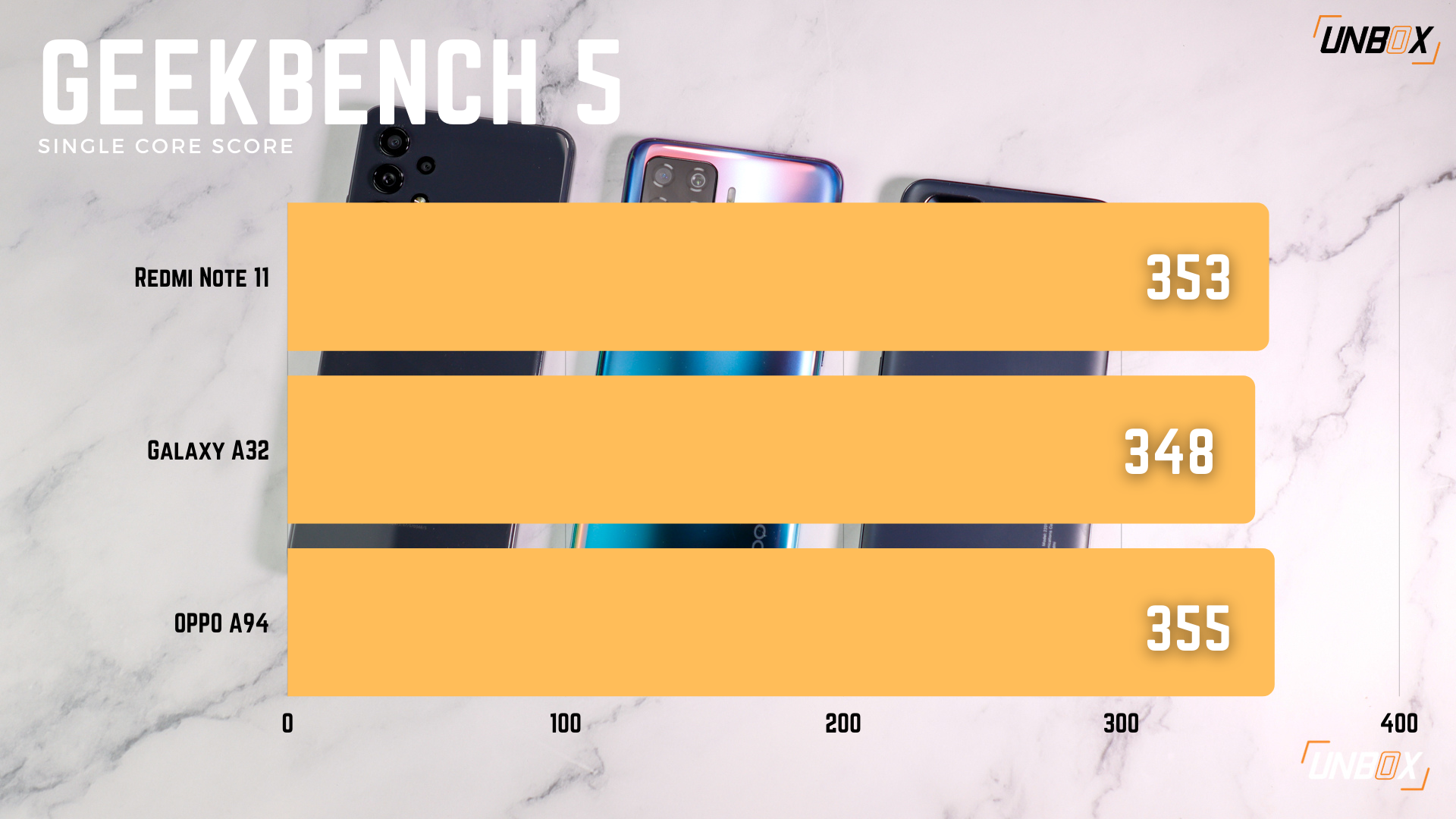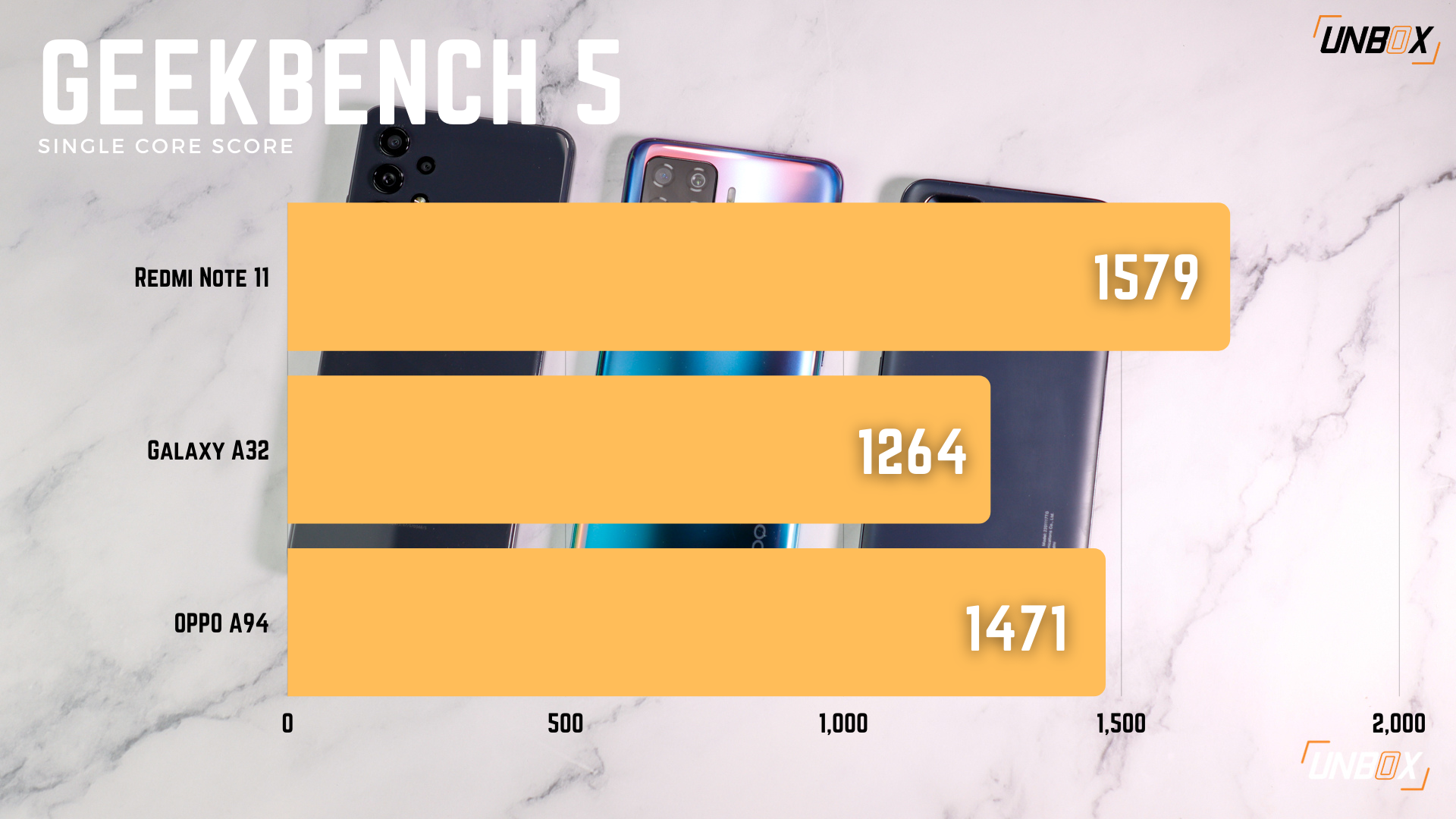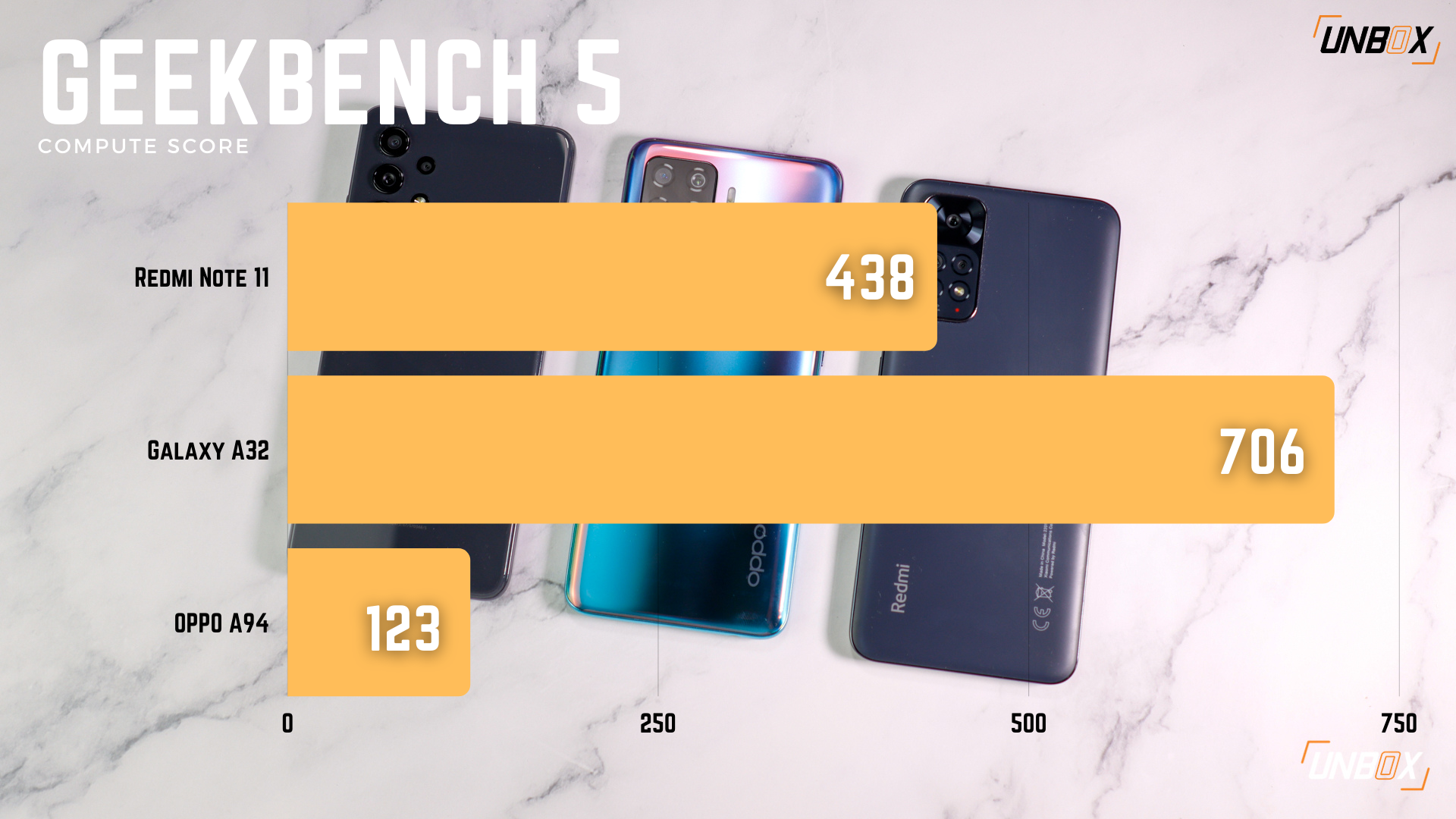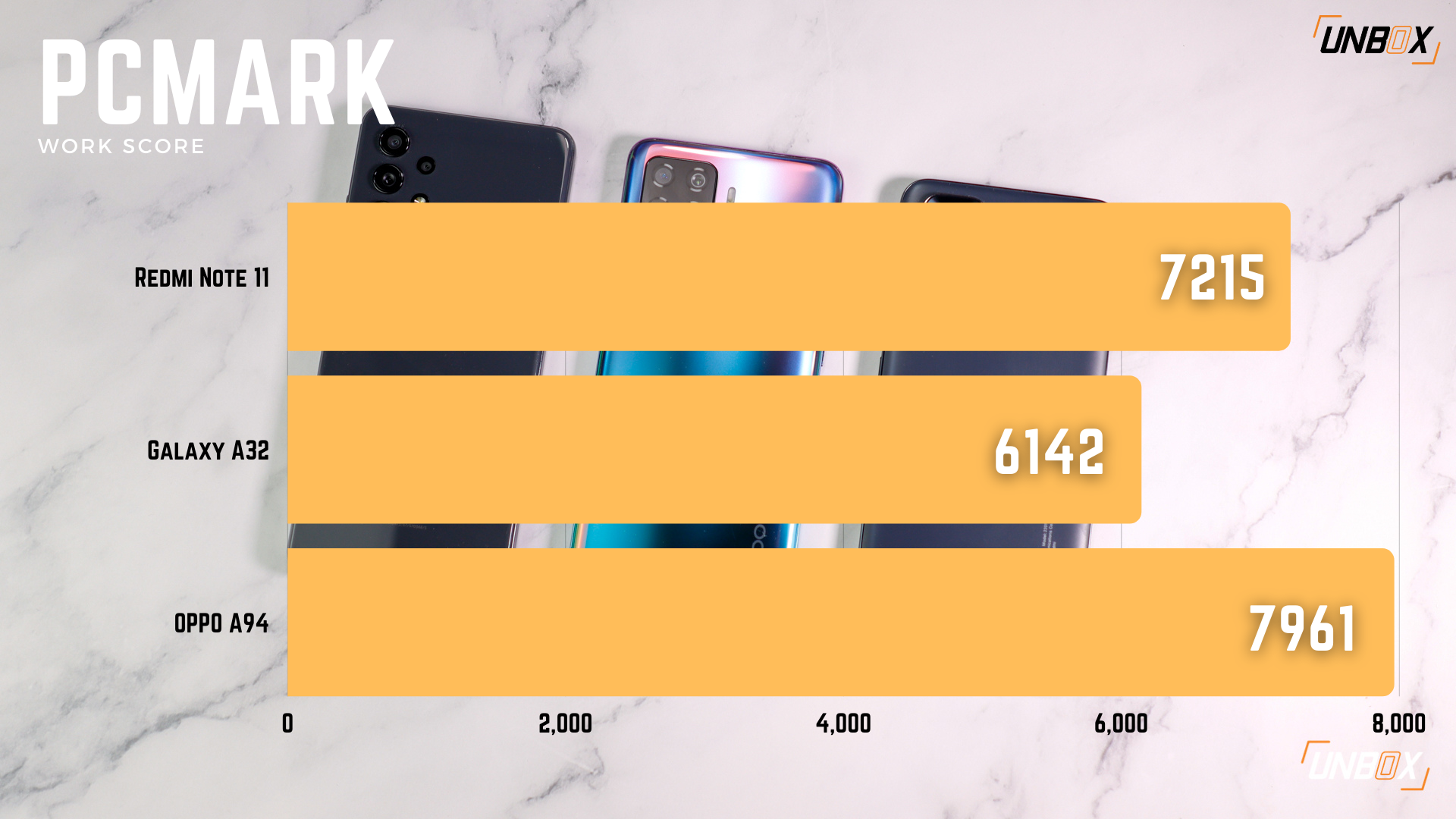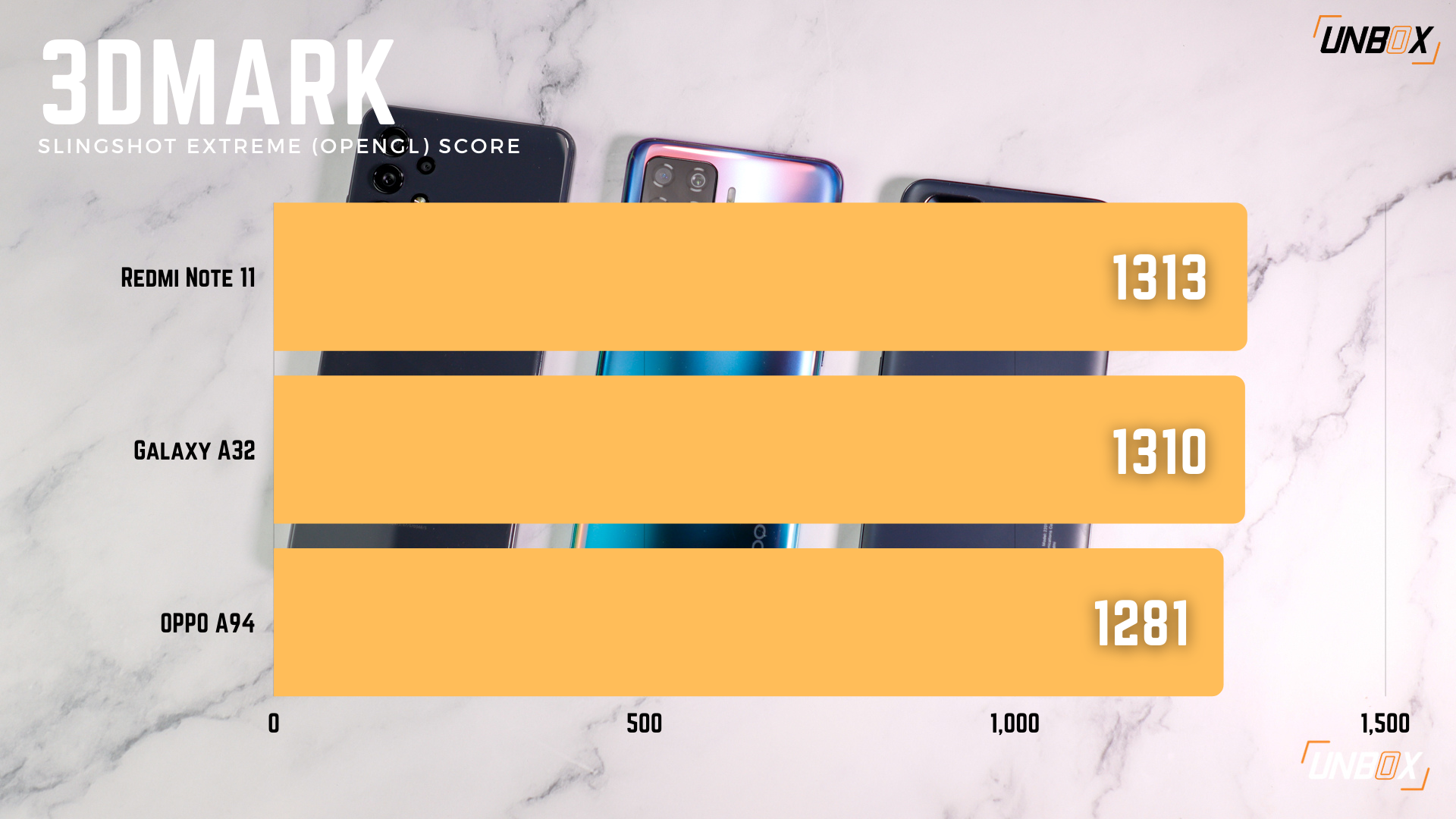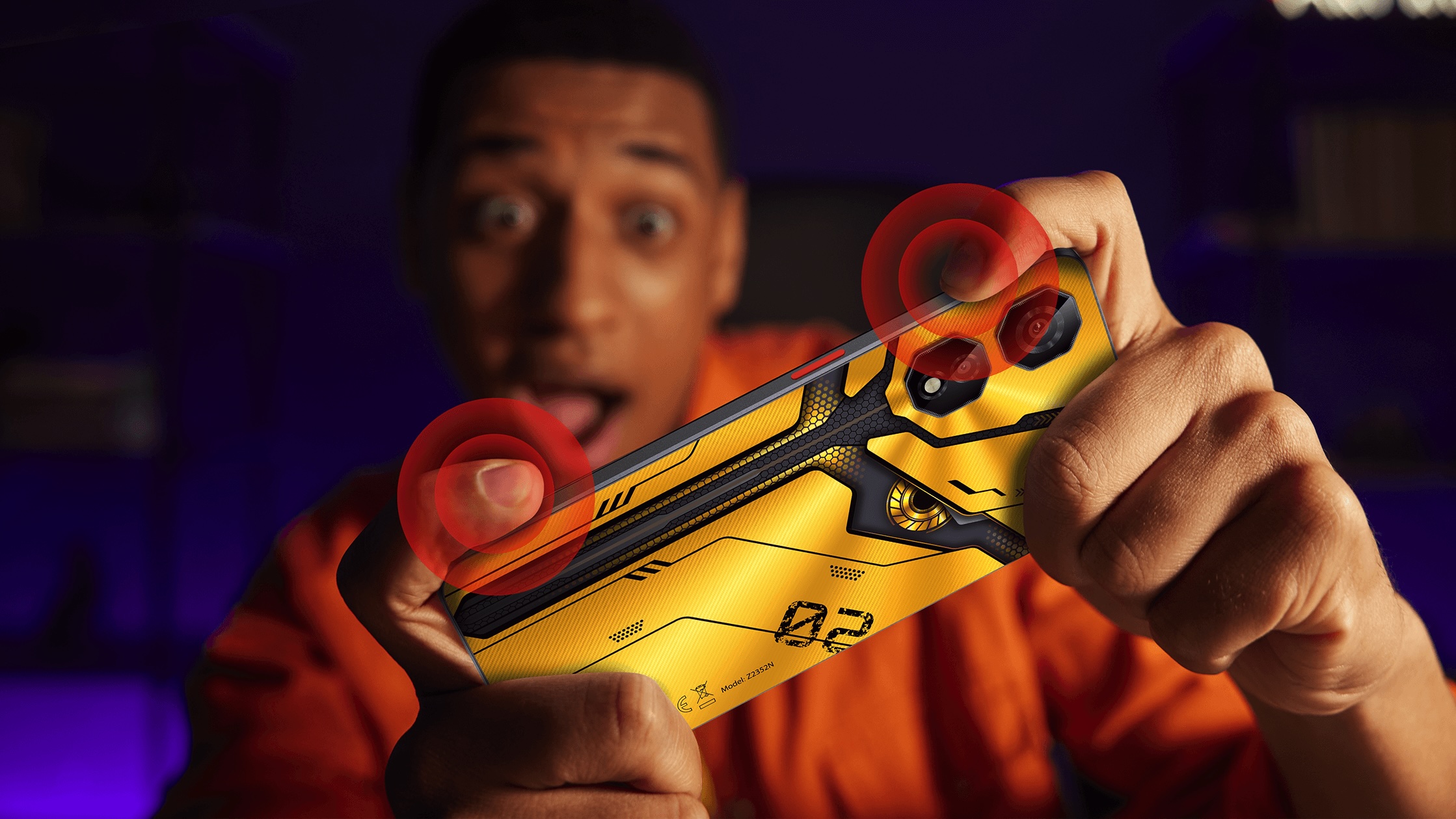Like its predecessors, the Redmi Note 11 continues to challenge the mid-range segment by offering a number of features usually found on more expensive phones at a lower price point. For our comparo, we pit the Redmi Note 11 against the Samsung Galaxy A32 and OPPO A94.
While both phones are more expensive than the Redmi Note 11, can Xiaomi’s latest mid-range phone challenge Samsung and OPPO’s mid-range offerings?
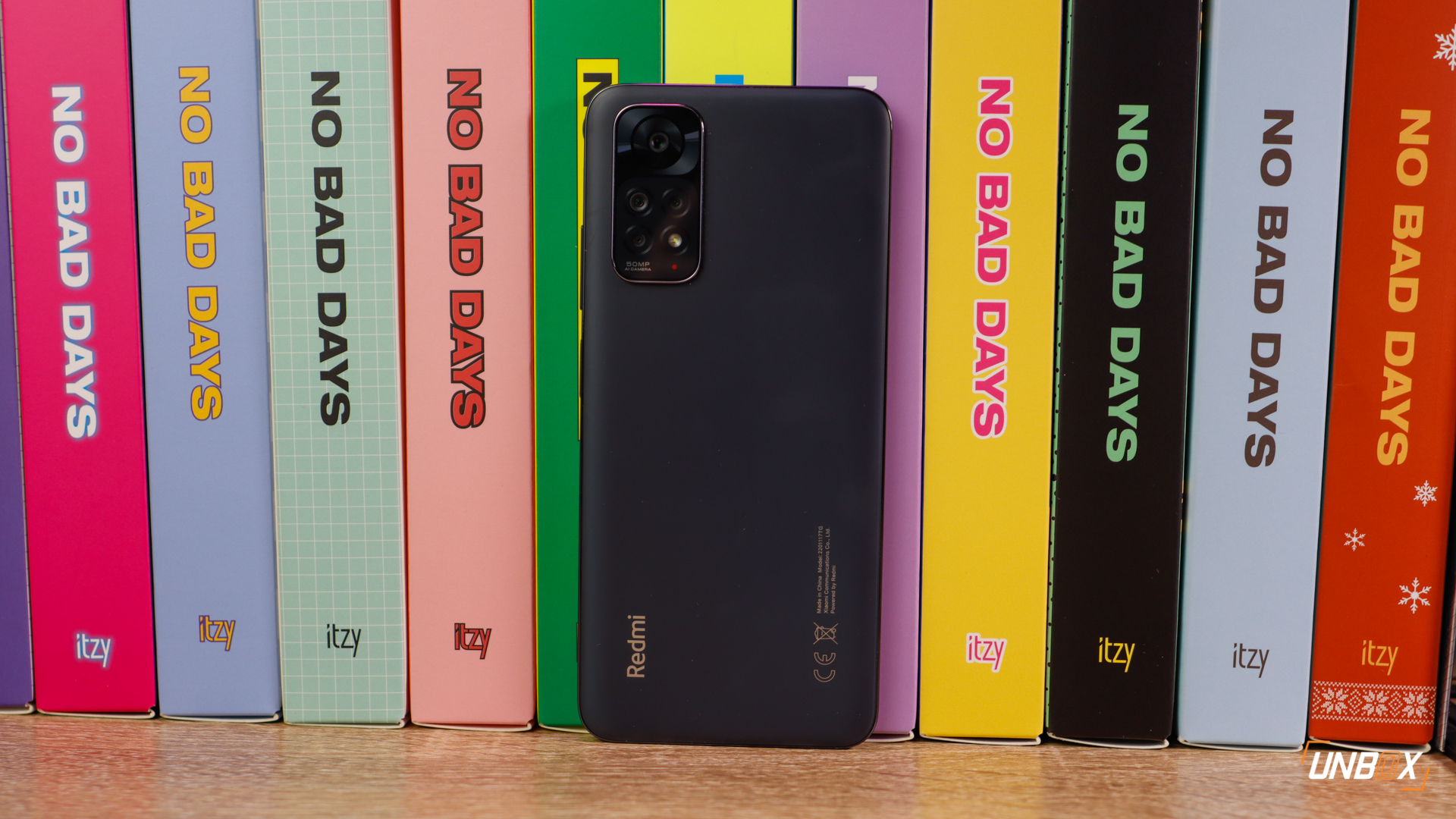
Redmi Note 11 Philippines Specs
- Snapdragon 680 processor
- 4GB/6GB RAM
- 64GB/128GBGB storage
- 6.43-inch Full HD+ AMOLED display, 90hz refresh rate
- 50-megapixel f/1.8 main camera with PDAF, 8-megapixel f/2.2 ultra-wide-angle camera, 2-megapixel f/2.4 macro camera, 2-megapixel f/2.4 depth sensor
- 13-megapixel f/2.2 selfie camera
- 4G
- WiFi, Bluetooth 5.1, side-mounted fingerprint scanner
- Stereo speakers, IP53 rating
- 5000mAh battery
- 33w wired charging
- Android 11, MIUI 13
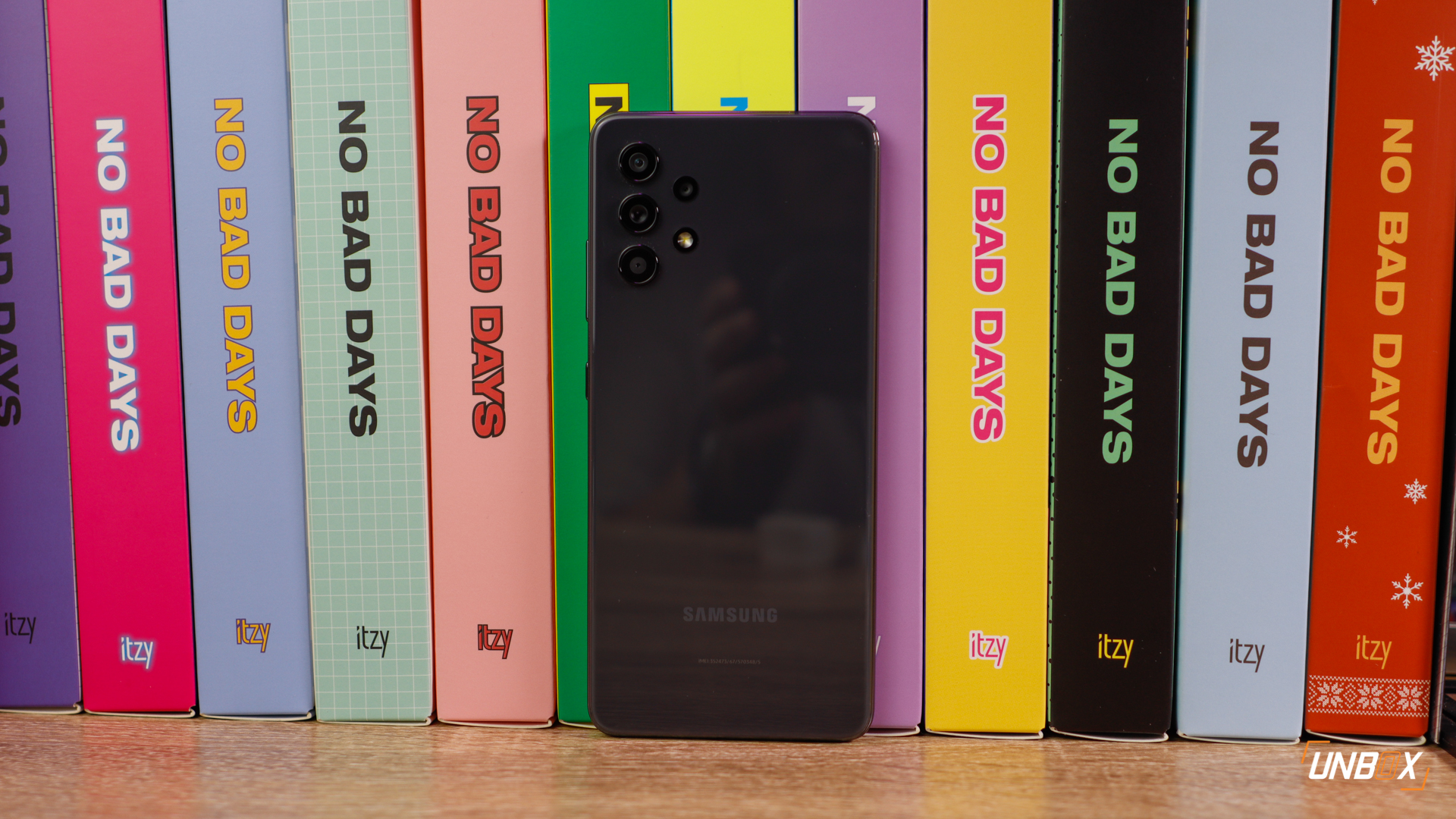
Samsung Galaxy A32 Philippines Specs:
- Helio G80 processor
- 8GB RAM
- 128GB storage
- 6.4-inch Super AMOLED display, Full HD+ resolution, 90hz refresh rate
- 64-megapixel main camera with PDAF, 8-megapixel ultra-wide-angle camera, 5-megapixel macro camera, 2-megapixel depth sensor
- 20-megapixel f/2.2 selfie camera
- 4G, LTE
- WiFi, Bluetooth, side-mounted fingerprint scanner
- 5000mAh battery
- 15w fast charging
- Android 11, OneUI 3.1
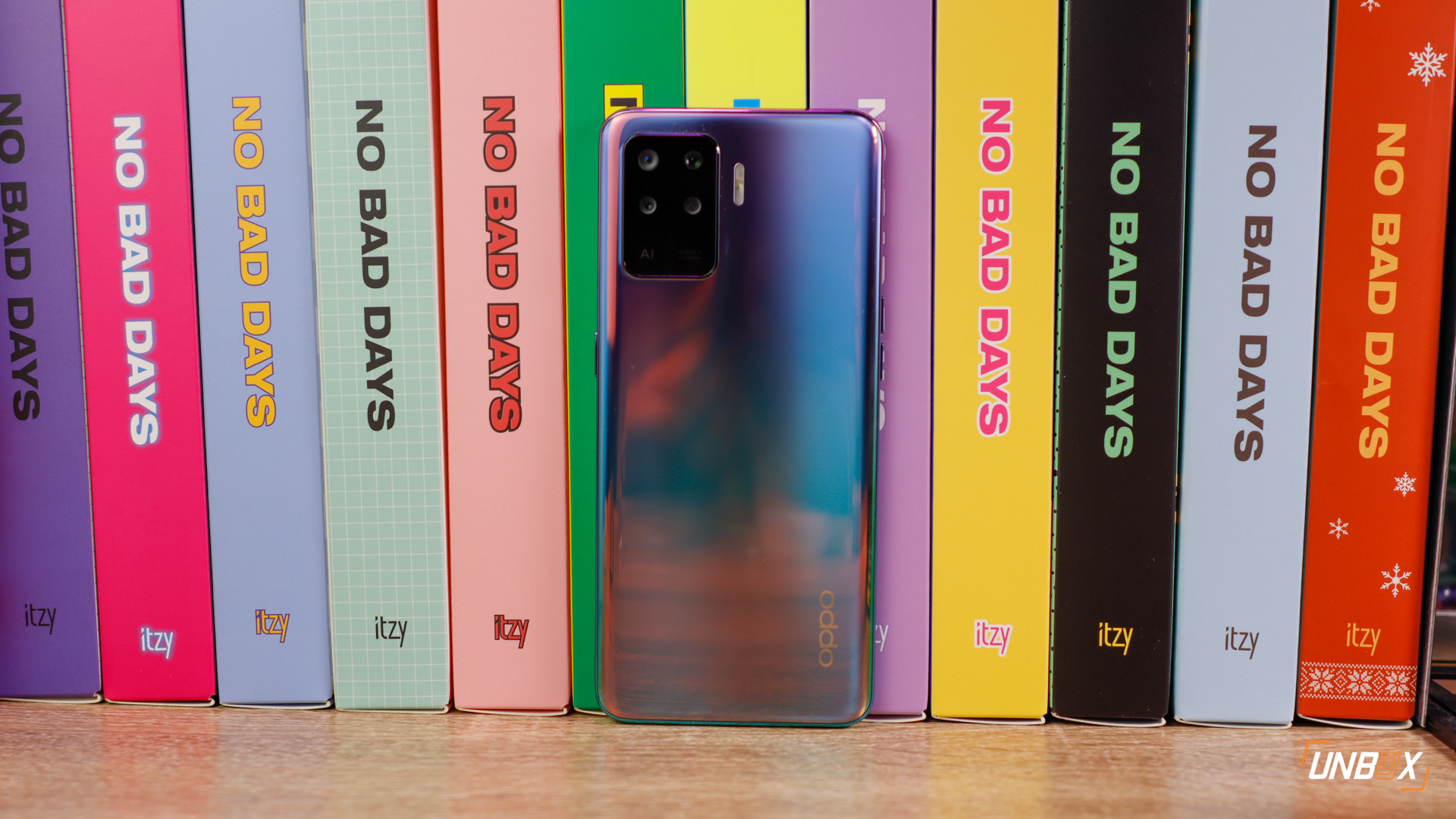
OPPO A94 Philippines Specs:
- Helio P95 processor
- 8GB RAM
- 128GB storage
- 6.43-inch Full HD+ AMOLED display, 20:9 aspect ratio
- 48-megapixel f/1.7 main camera with PDAF, 8-megapixel f/2.2 ultra-wide-angle camera, 2-megapixel f/2.4 macro camera, 2-megapixel f/2.2 mono camera
- 32-megapixel selfie camera
- 4G, LTE
- WiFi, Bluetooth 5.1, in-display fingerprint scanner
- 4310mAh battery
- 30w fast charging
- Android 11, ColorOS 11.1
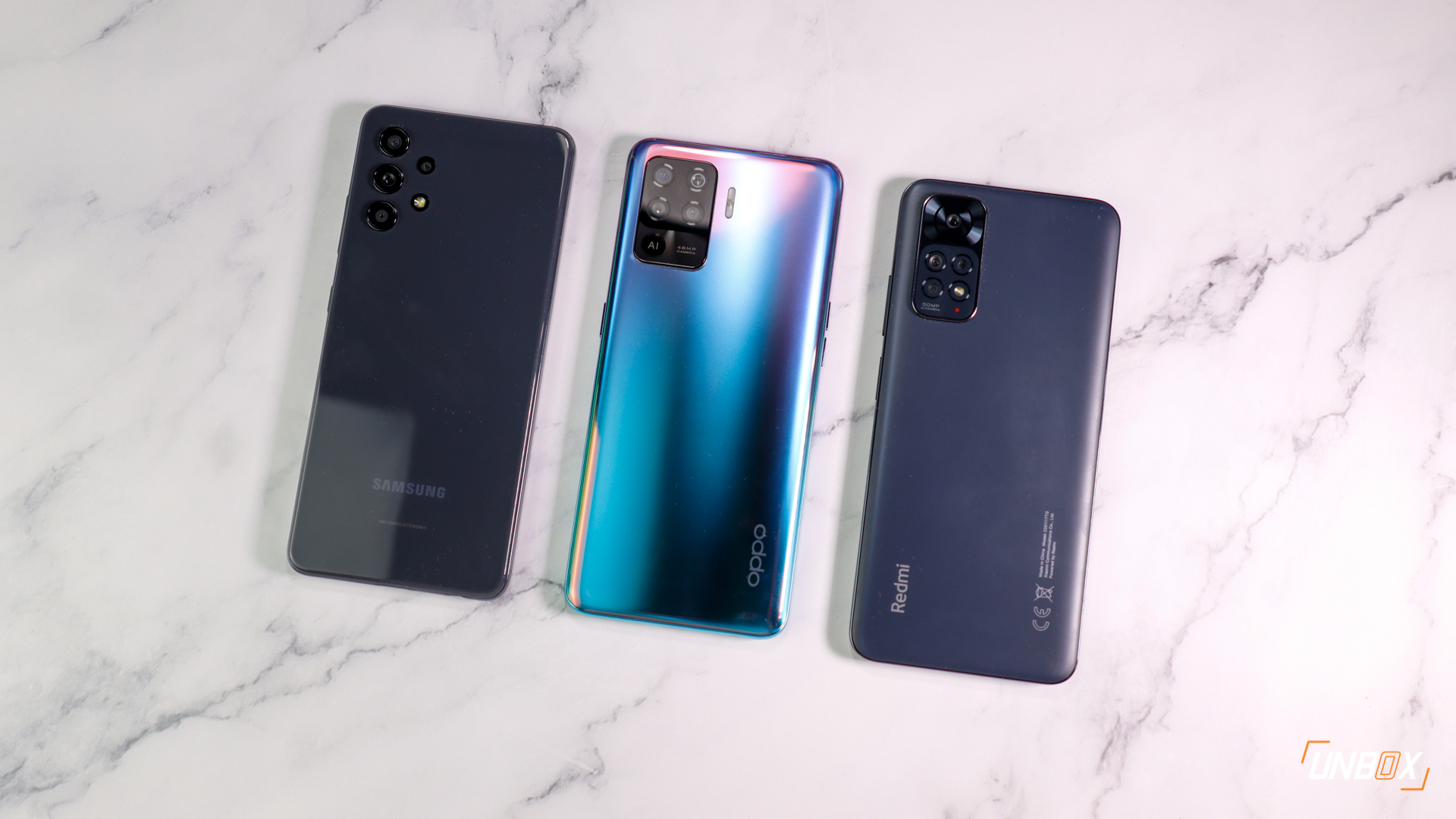
Design
All three phones come with a modern look that includes a USB-C port, slim profiles, and a headphone jack. The Galaxy A32 has the most unique back panel, as each camera has its own bump as opposed to the raised camera modules found on the Redmi Note 11 and OPPO A94.
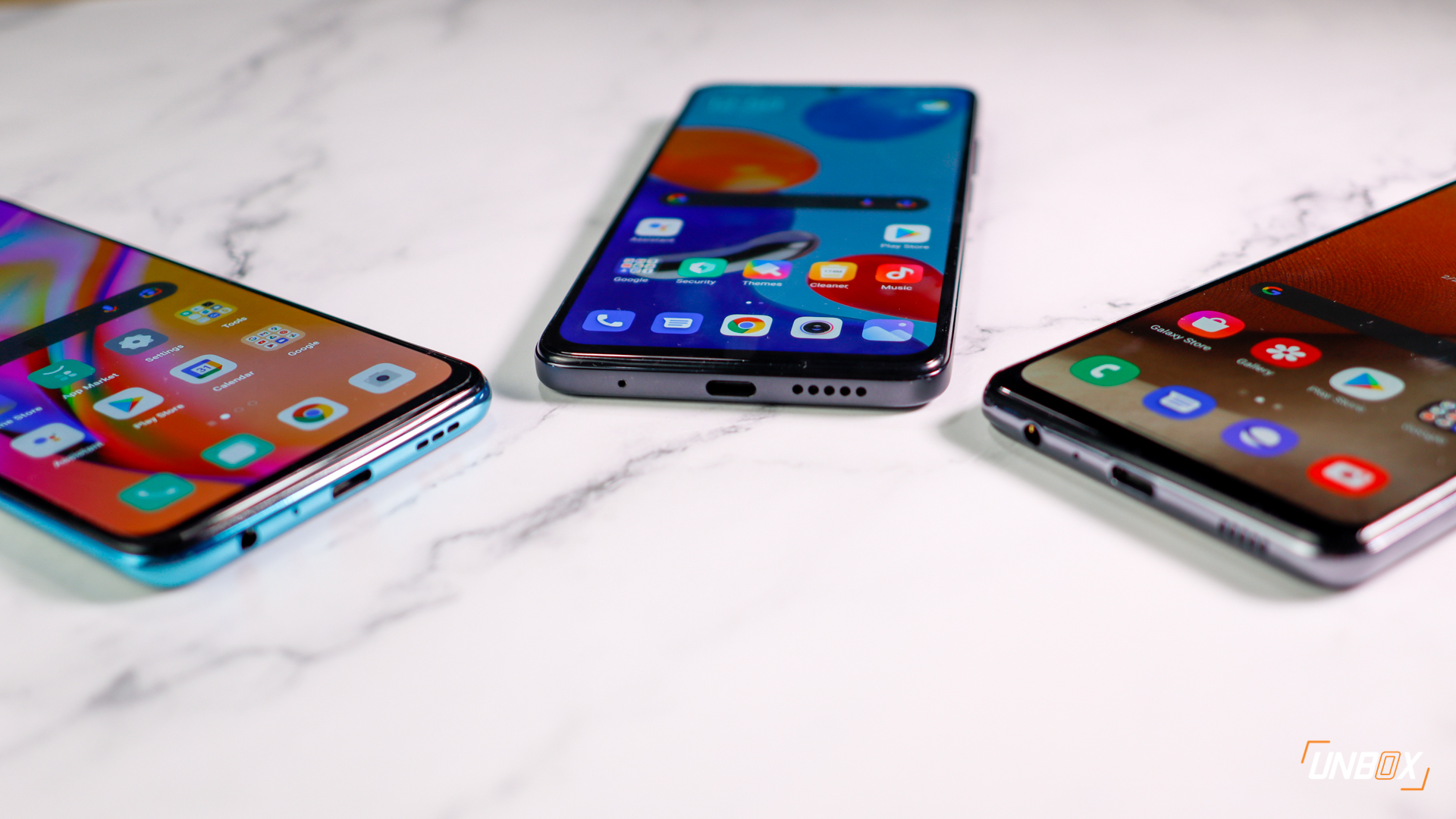
The Galaxy A32 and OPPO A94 have glossy finishes for their back panels, while the Redmi Note 11 has a matte finish, making it more smudge-resistant. All three phones come with a dedicated MicroSD card slot, while the Redmi Note 11 has added features with its stereo speakers, IR blaster, and IP53 certification.

Display
The main selling point of all three phones is that they use AMOLED panels instead of IPS, which means they deliver better colors–making them great for content consumption. while the Galaxy A32 still uses a dated notch, the OPPO A94 lags behind both phones since it is stuck with a 60hz refresh rate. Both the Galaxy A32 and OPPO A94 use in-display fingerprint scanners, while the Redmi Note 11 settles for a side-mounted fingerprint scanner.
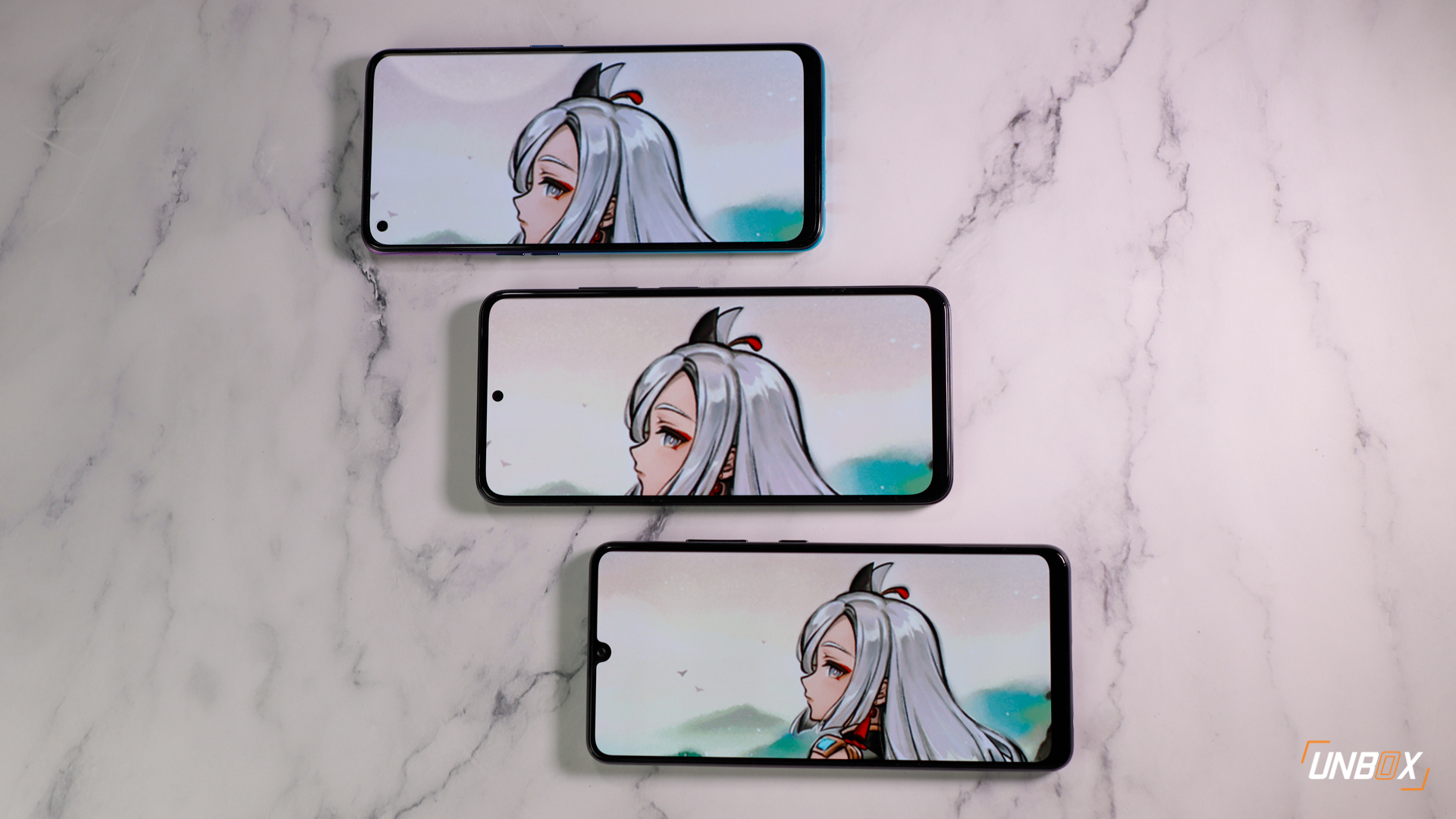
Save for those differences in the AMOLED panel used, all three phones have a decent brightness range that’s usable for outdoors. That’s a good feat for the Redmi Note 11, as a number of mid-range phones tend to fall short when it comes to screen brightness.
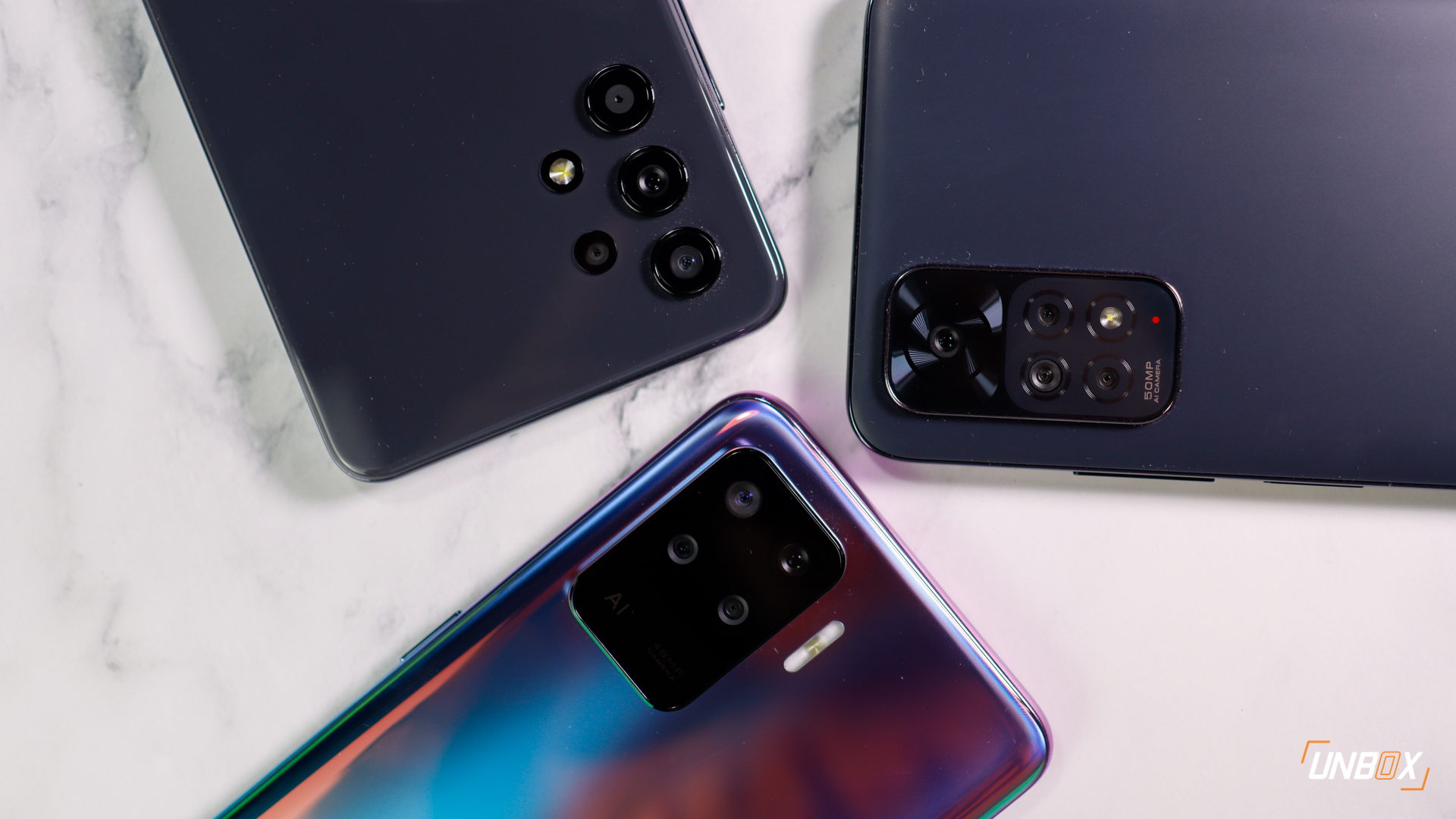
Cameras
All three phones have practically the same quad-rear camera setup, with the main camera only having a real difference. In daylight shooting, the Galaxy A32 and Redmi Note 11 go head-to-head when it comes to details, but the former tends to oversaturate colors and has more contrast compared to the latter and the OPPO A94.
When it comes to low-light shooting, the OPPO A94 handled detail preservation better than the Redmi Note 11 and Galaxy A32, while colors are more accurate on the Redmi Note 11.
As for the ultra-wide-angle camera, all three phones use the same 8-megapixel sensor. However, the Galaxy A32 has better post-processing when using the ultra-wide-angle camera.
When it comes to selfies, the Redmi Note 11 delivers a more natural look, while the Galaxy A32 tends to oversaturate colors.
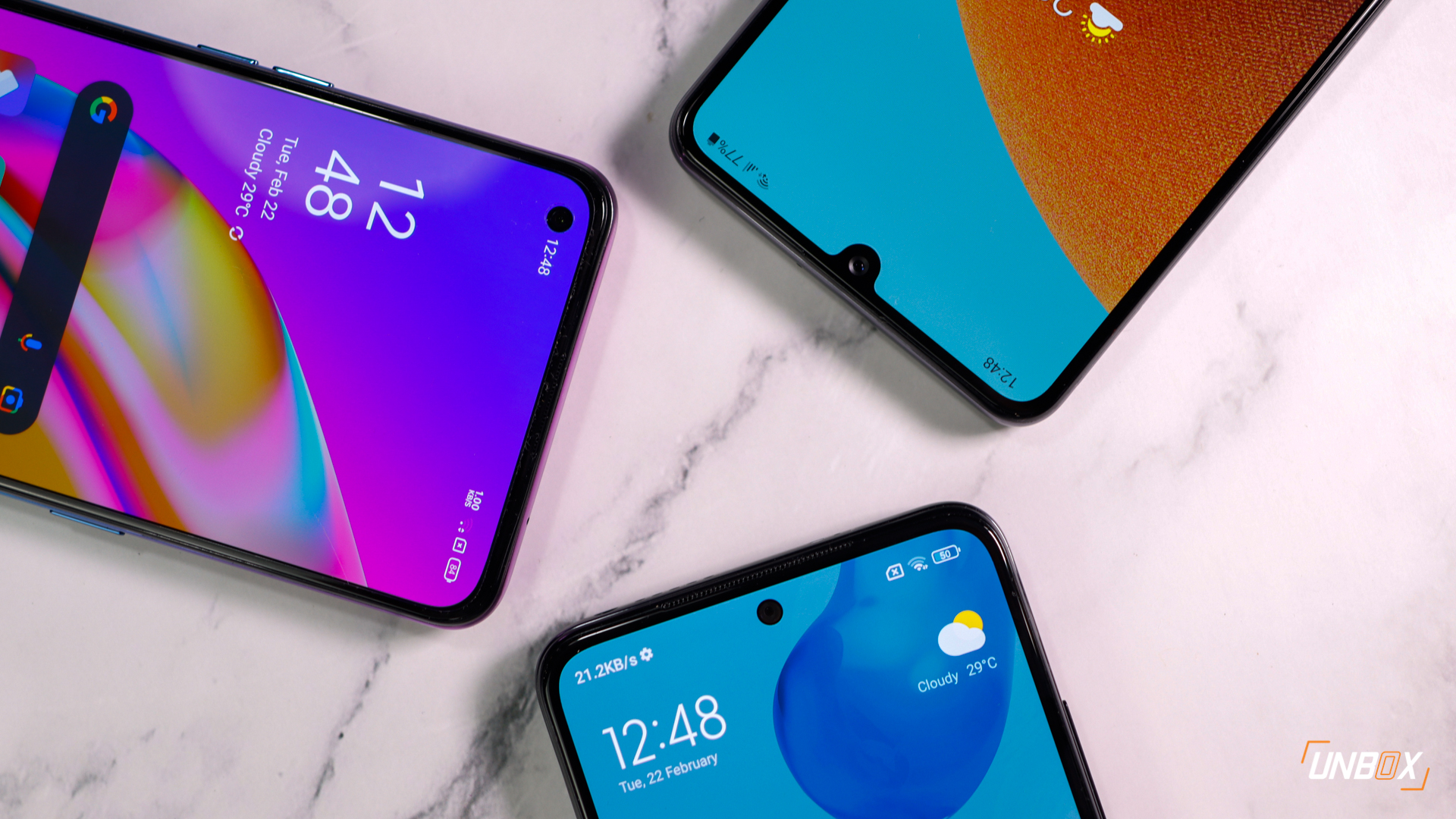
Performance
While the processors used for all three phones are not really meant for gaming, the Redmi Note 11 uses a newer Snapdragon 680 processor that has slightly better performance and significantly better power efficiency.
This is evident even with day-to-day use, as the Redmi Note 11 felt as snappy as the Galaxy A32 despite having less RAM. All phones come with Android 11 out of the box, and they are expected to receive Android 12 in the future.
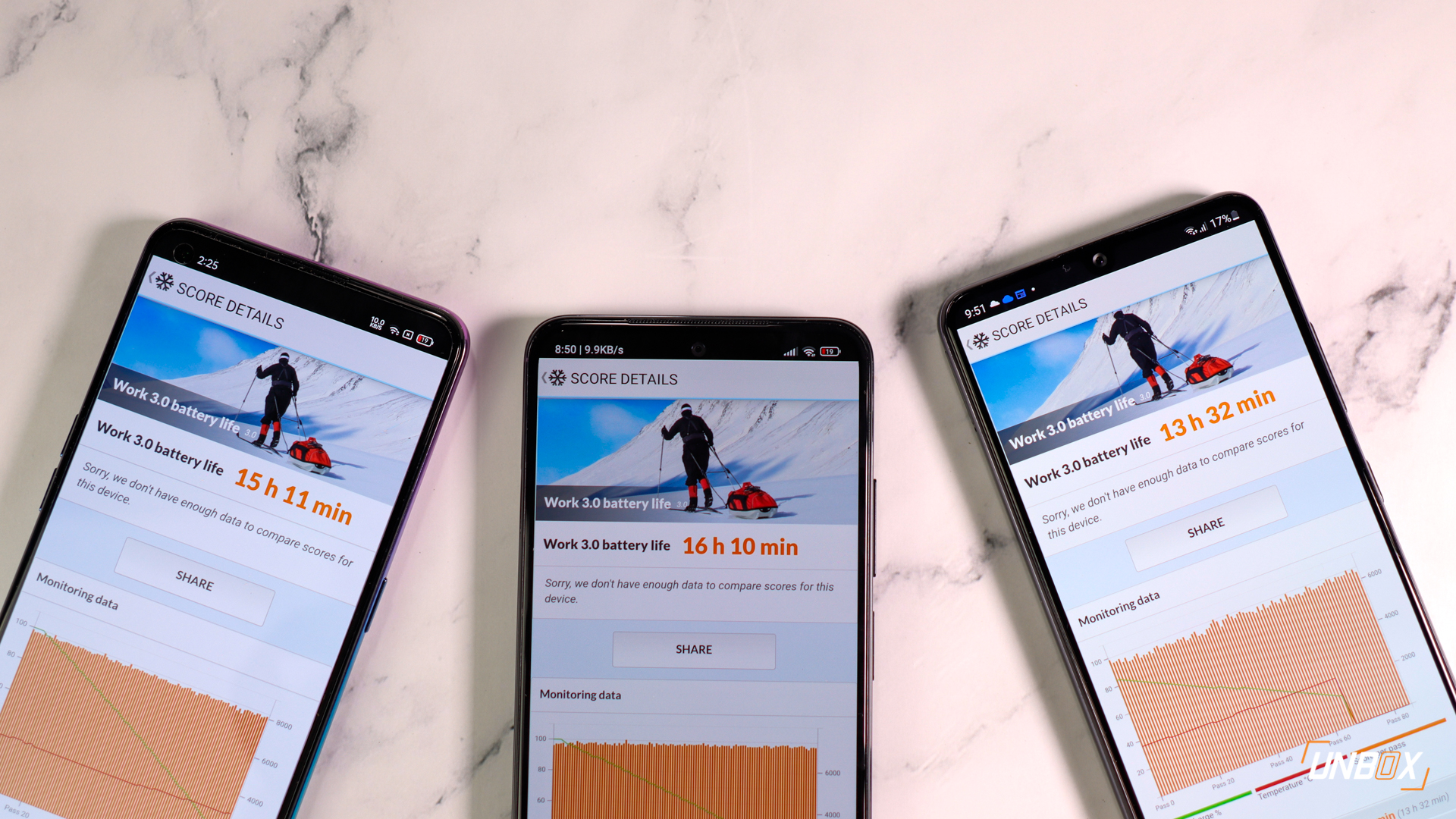
Battery Life
Both the Galaxy A32 and Redmi Note 11 have the upper hand for having a 5000mAh battery, while the Redmi Note 11 leads the pack with its 33w wired charging that’s more universal than the 30w VOOC charging used on the OPPO A94.
With overall battery life, the Redmi Note 11 emerged as the winner, being able to do close to 17 hours with PCMark’s battery life test. The OPPO A94 managed to beat the Galaxy A32 in battery life by almost two hours despite packing a smaller 4310mAh battery.
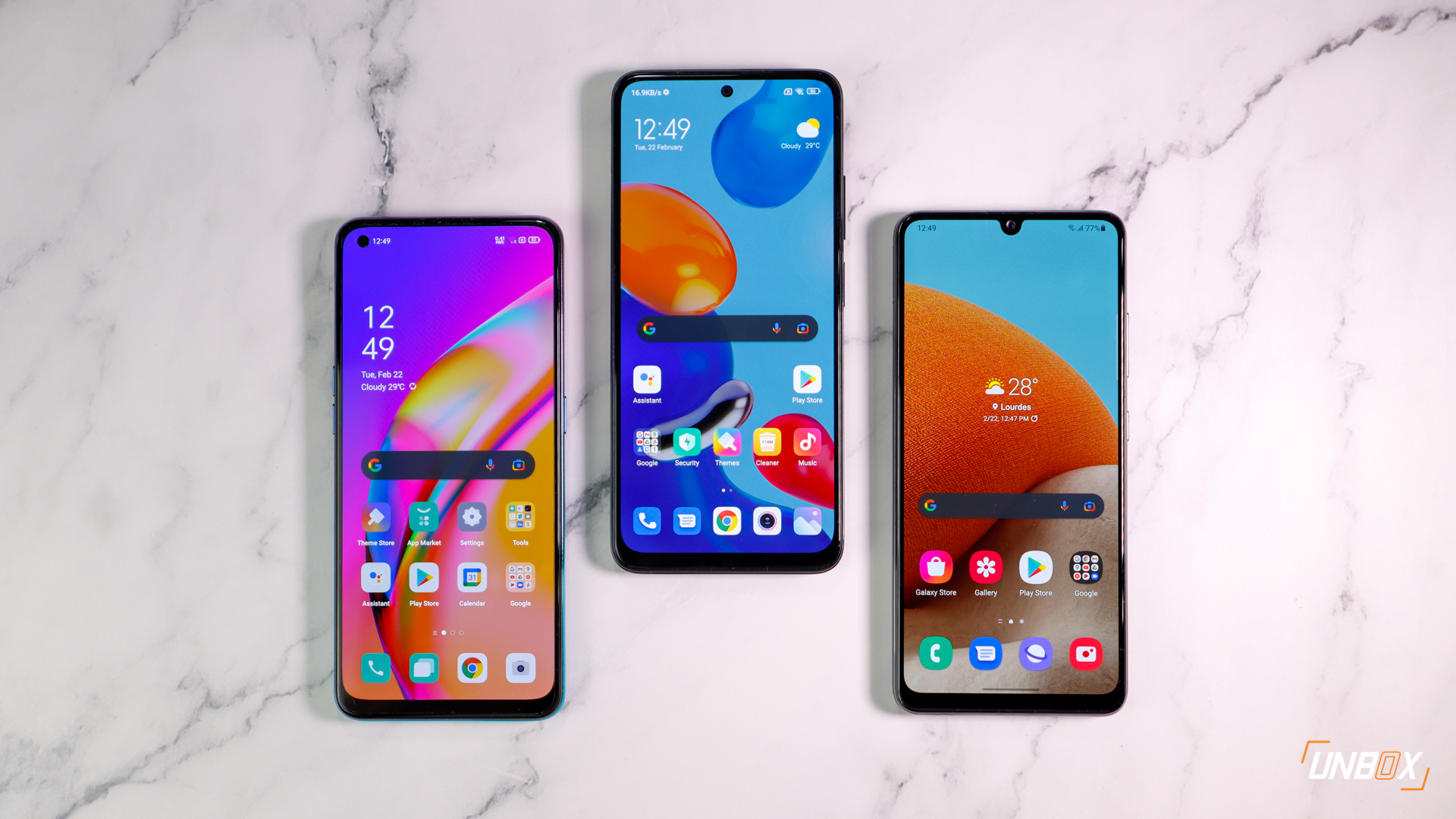
Price
With all the features the Redmi Note 11 has to offer, Xiaomi’s latest mid-range phone is competitive with its Php 9,999 SRP for the 6GB/128GB model (Php 8,999 for the 4GB/64GB model). For comparison, the Galaxy A32 is priced at Php 13,590, while the OPPO A94 is priced at Php 13,499.
Overall, this comparo shows that the Redmi Note 11 offers great value for money, and can go head-to-head against the more expensive offerings of its rivals.


